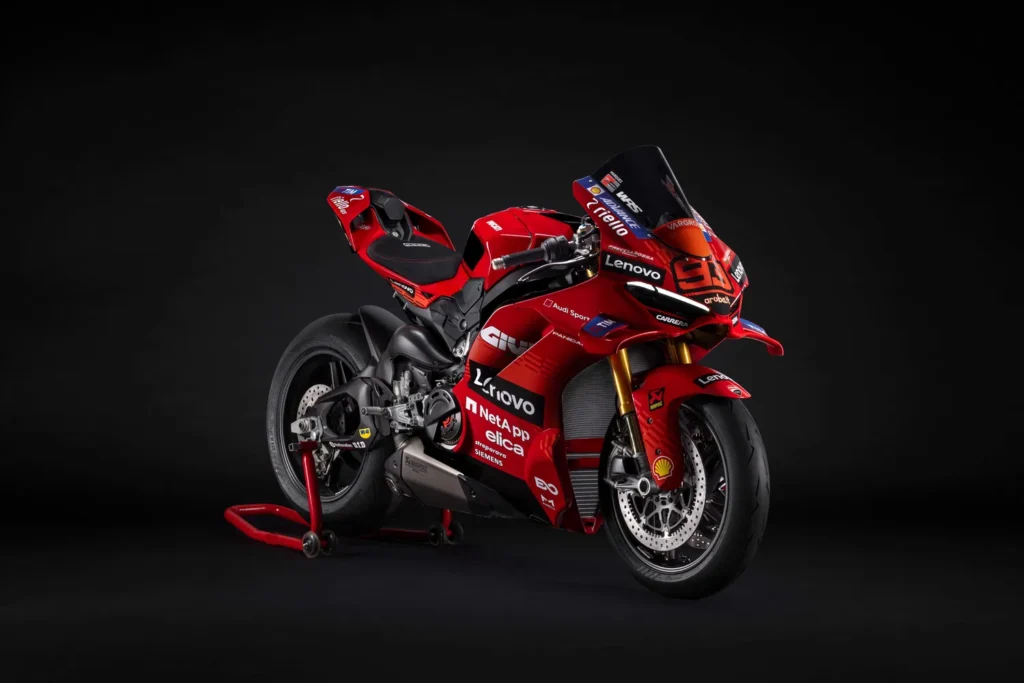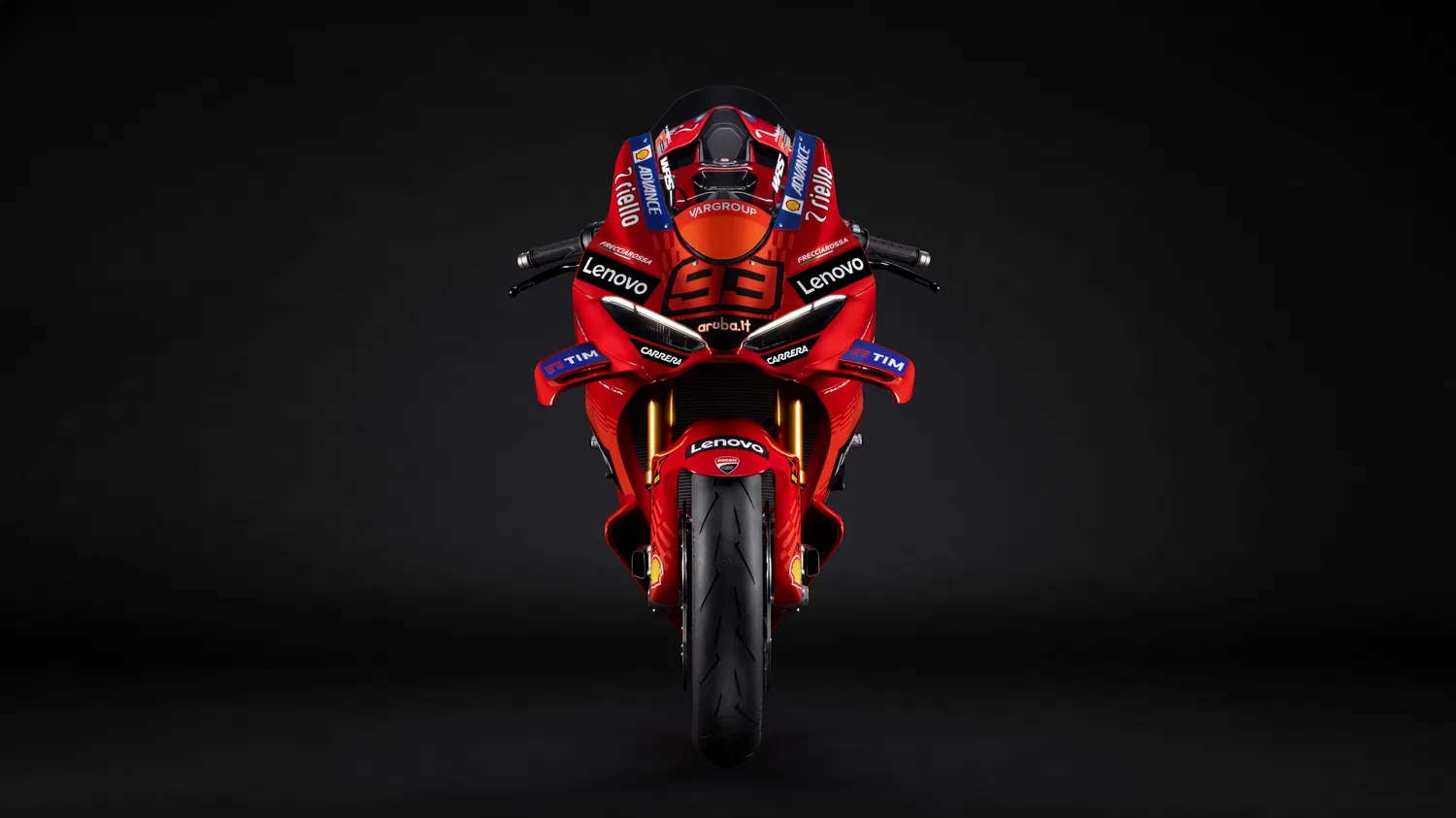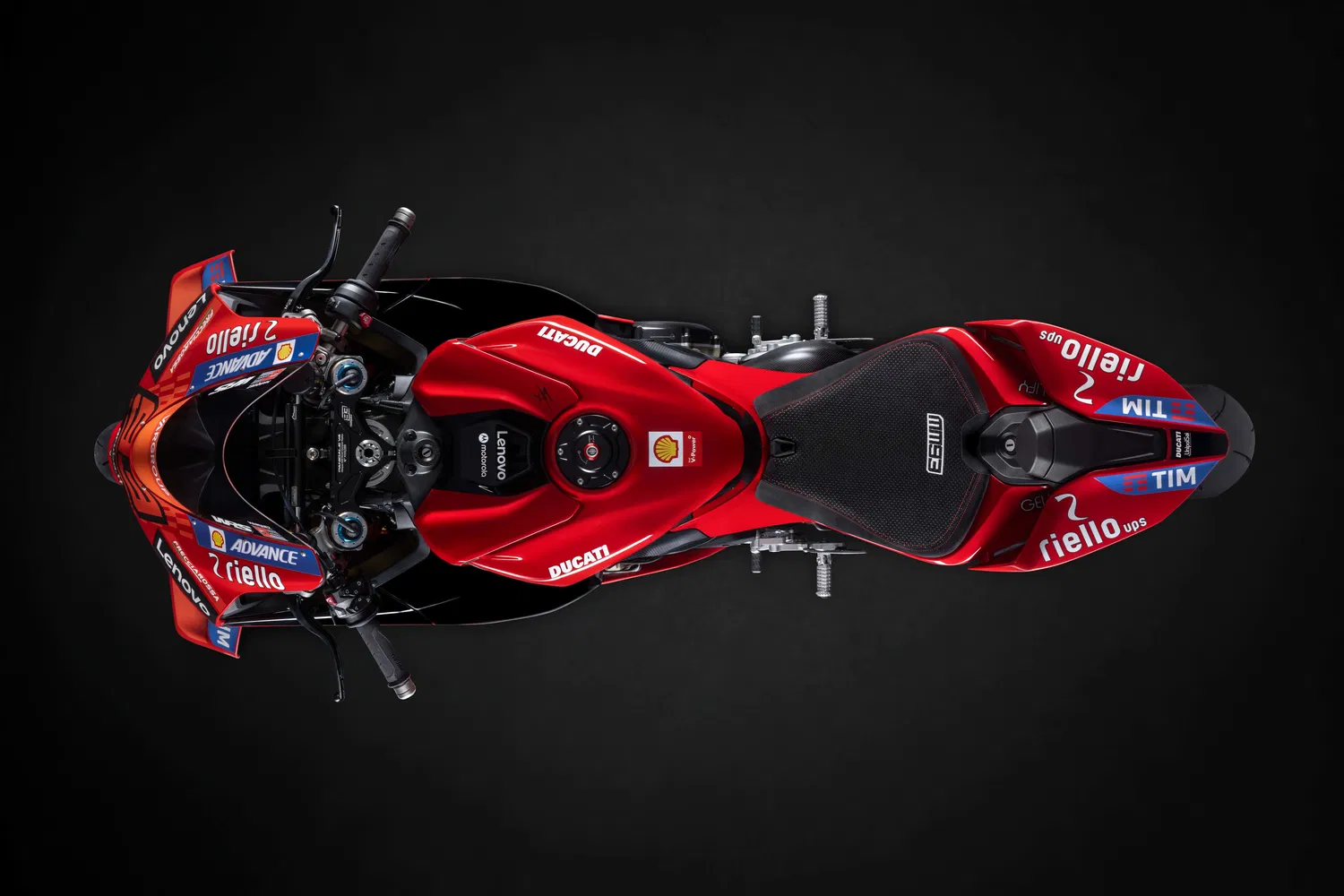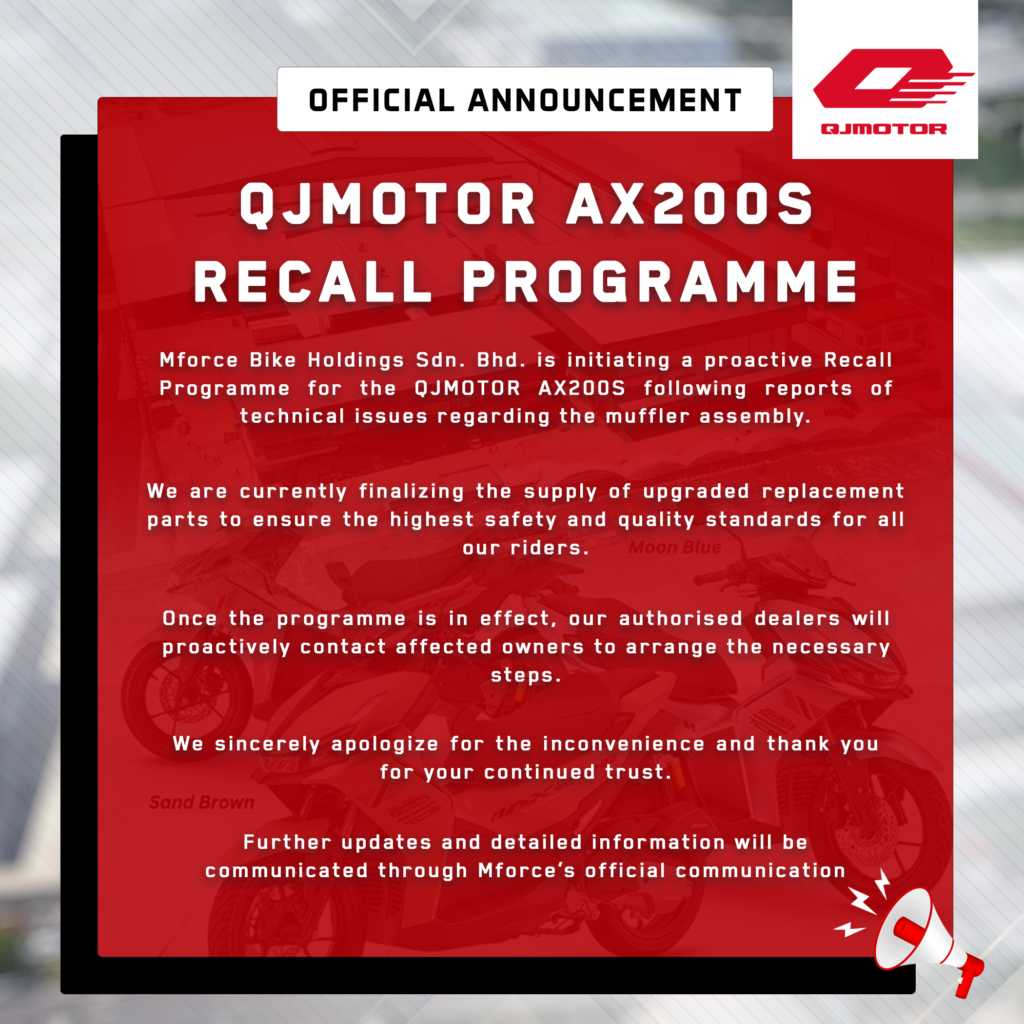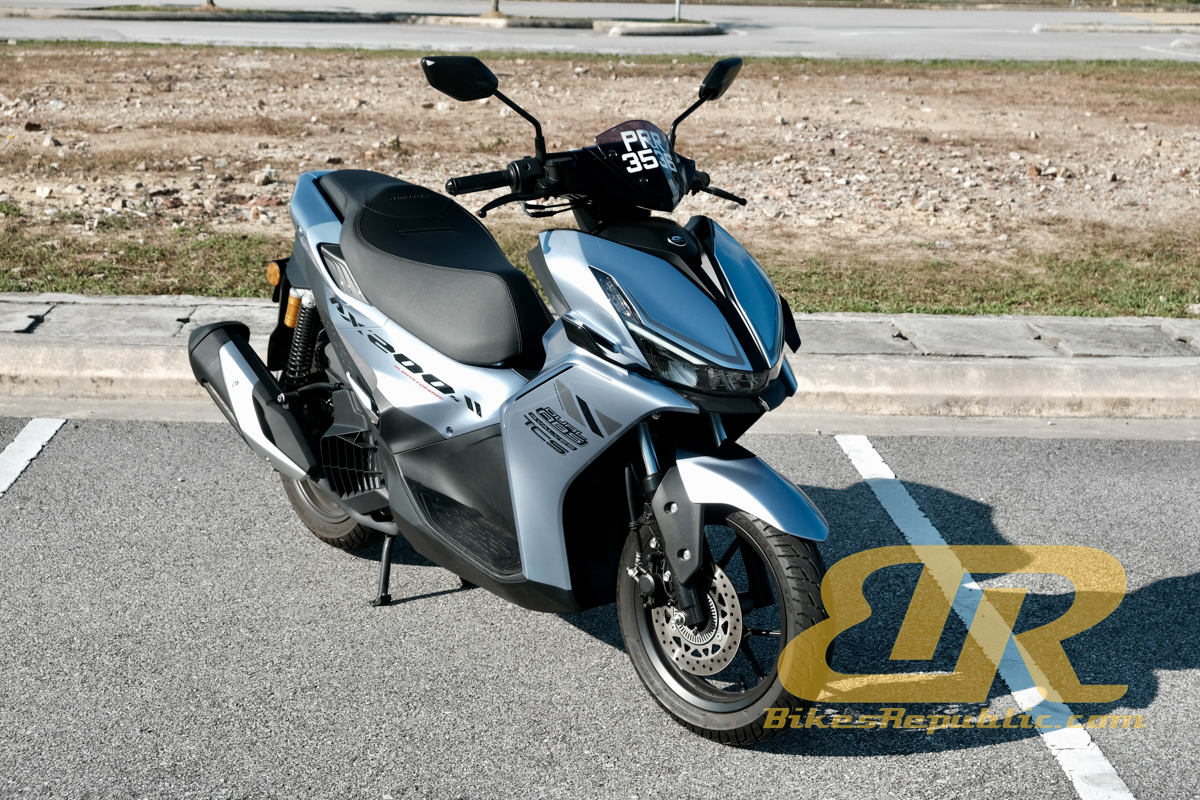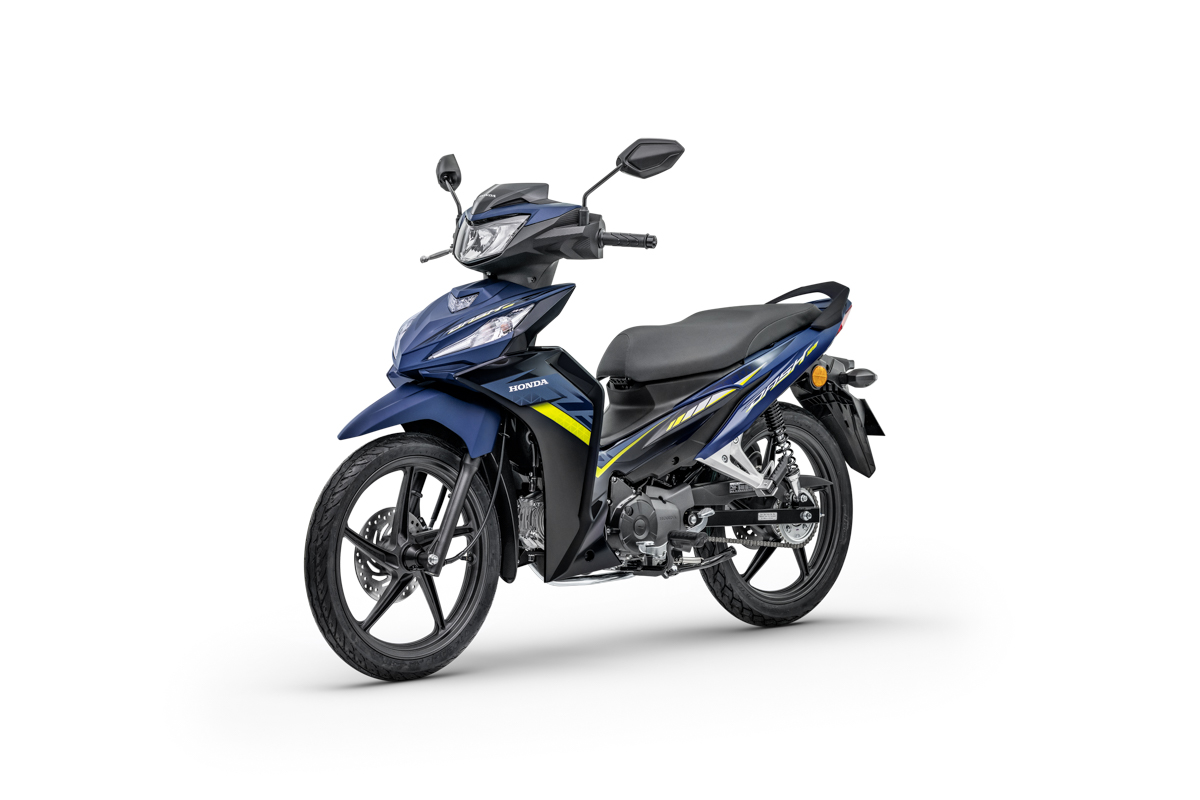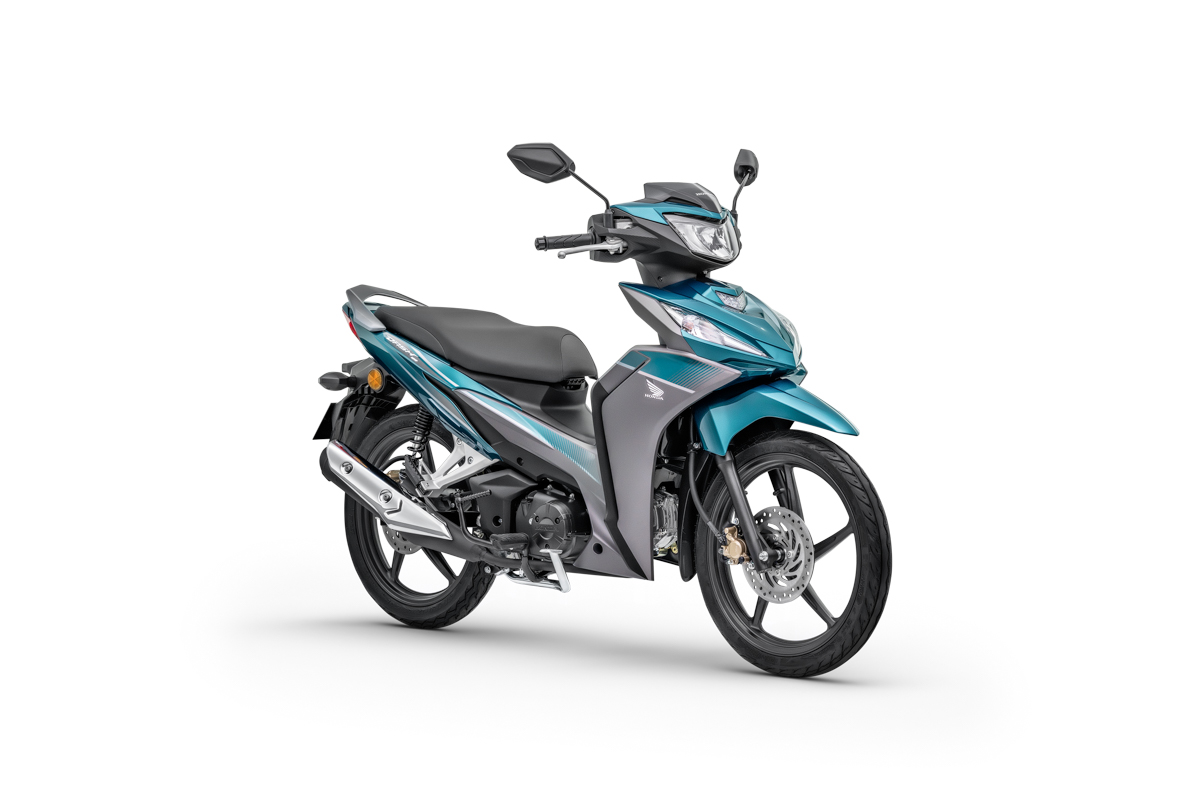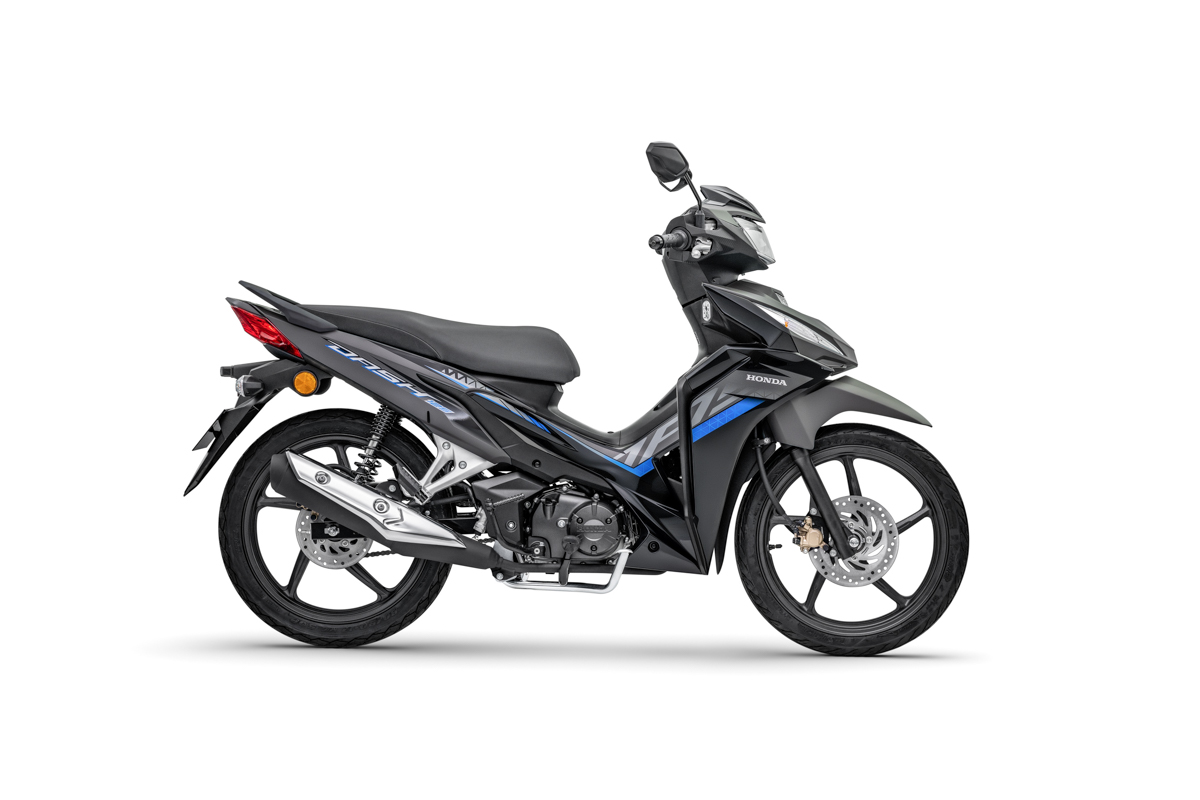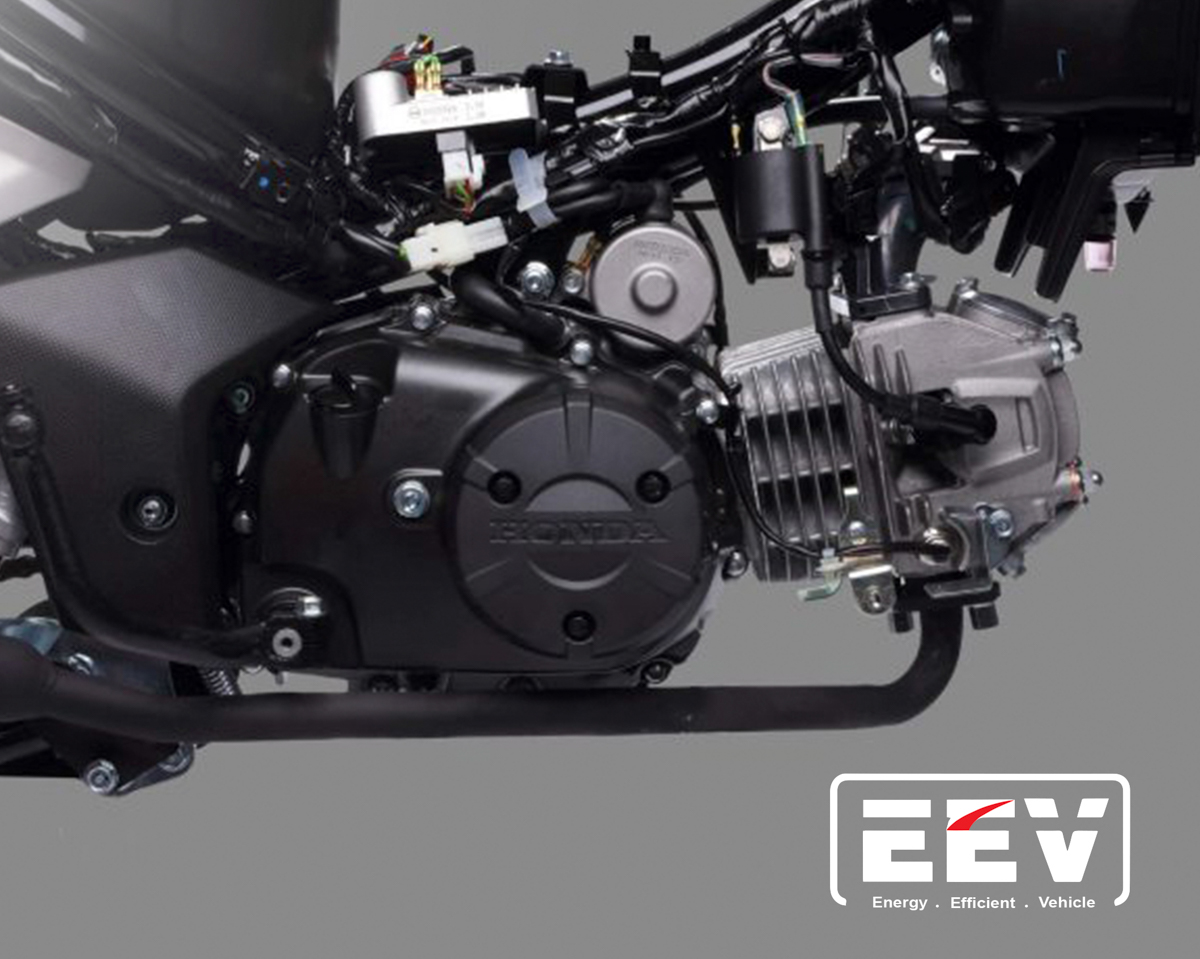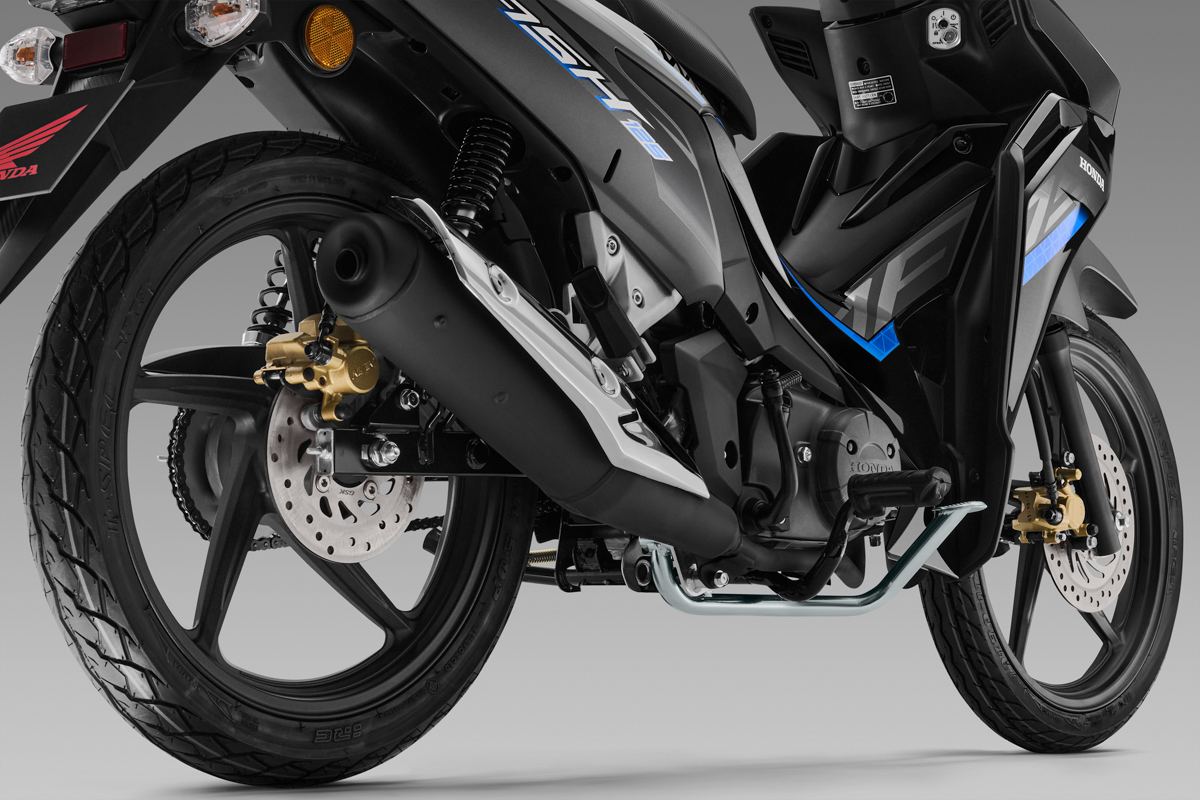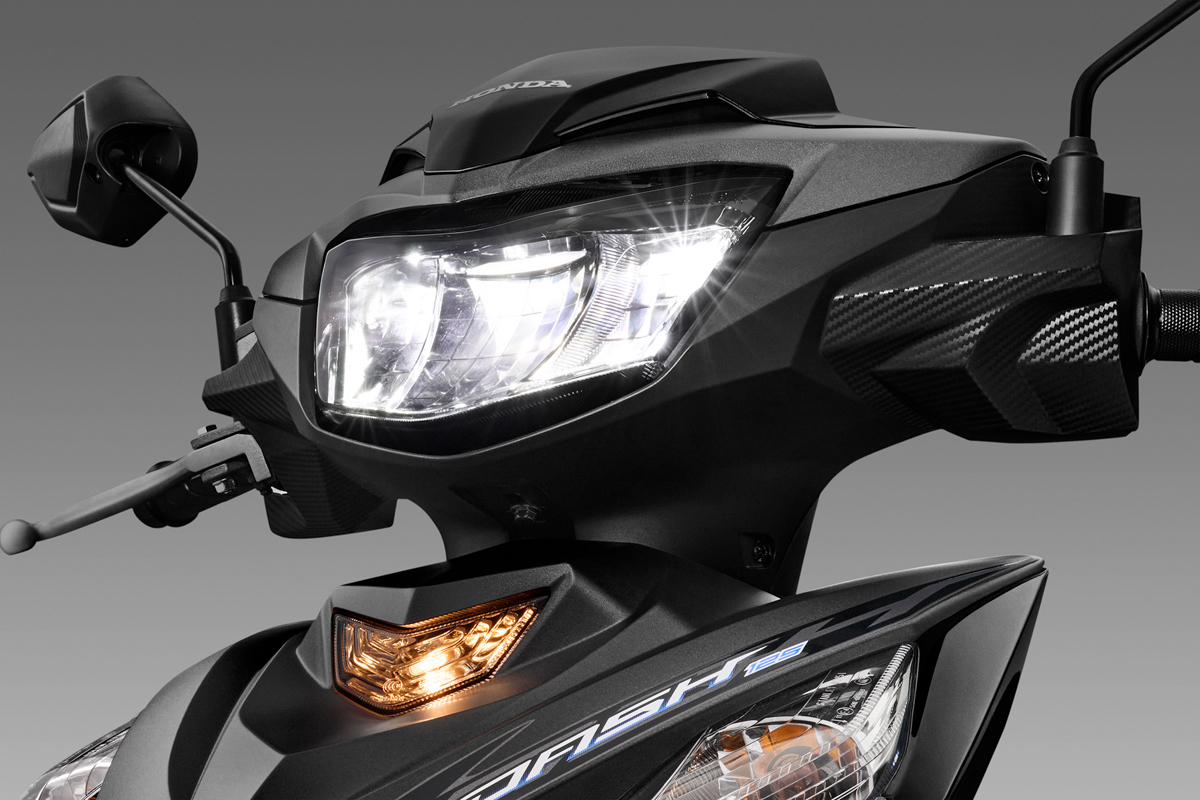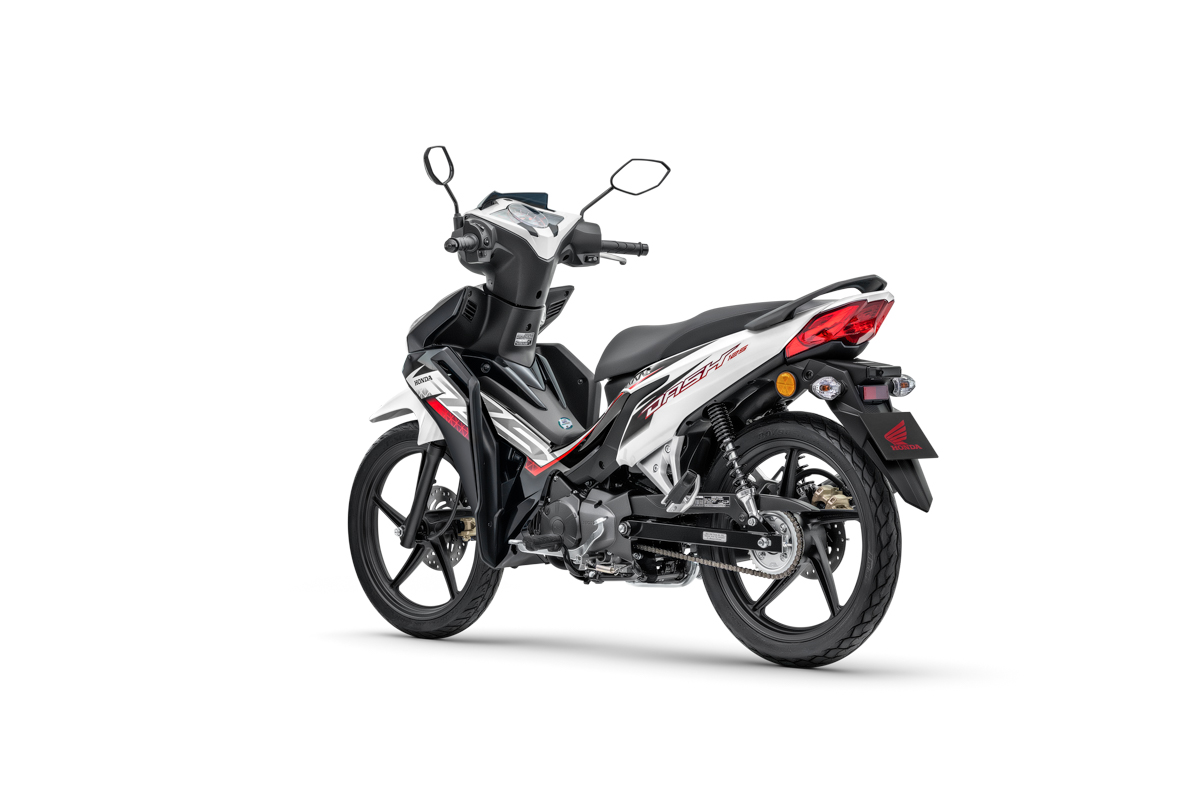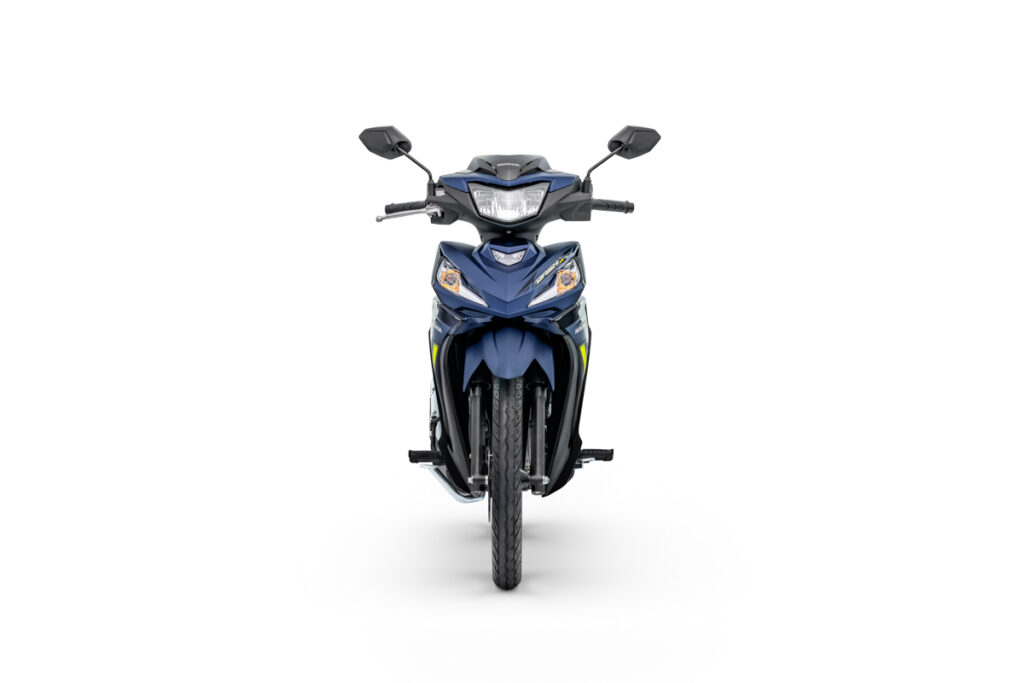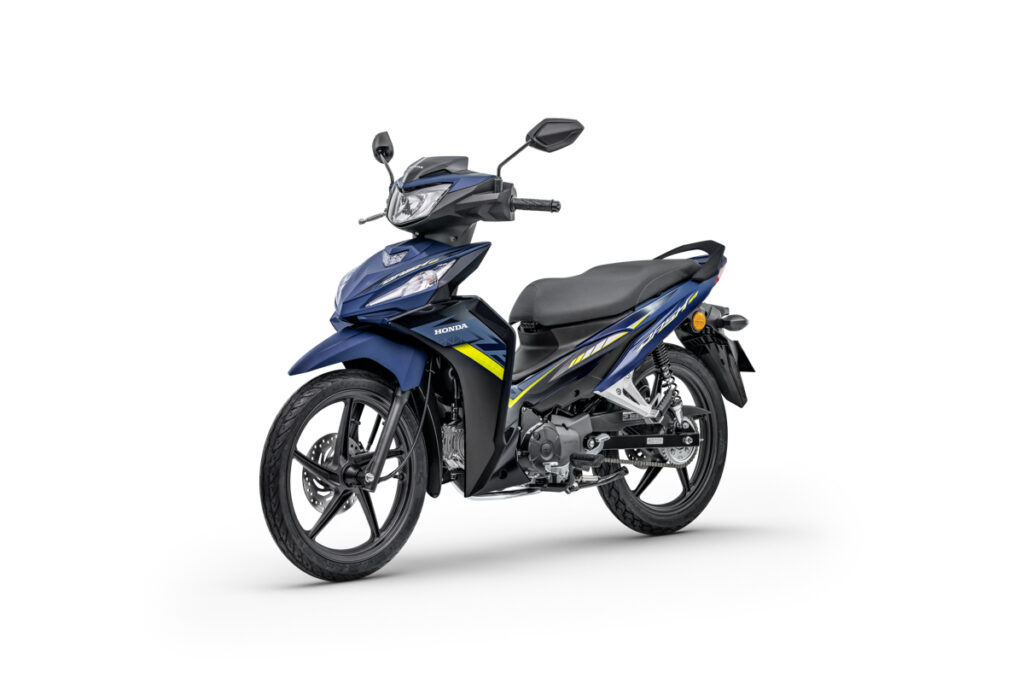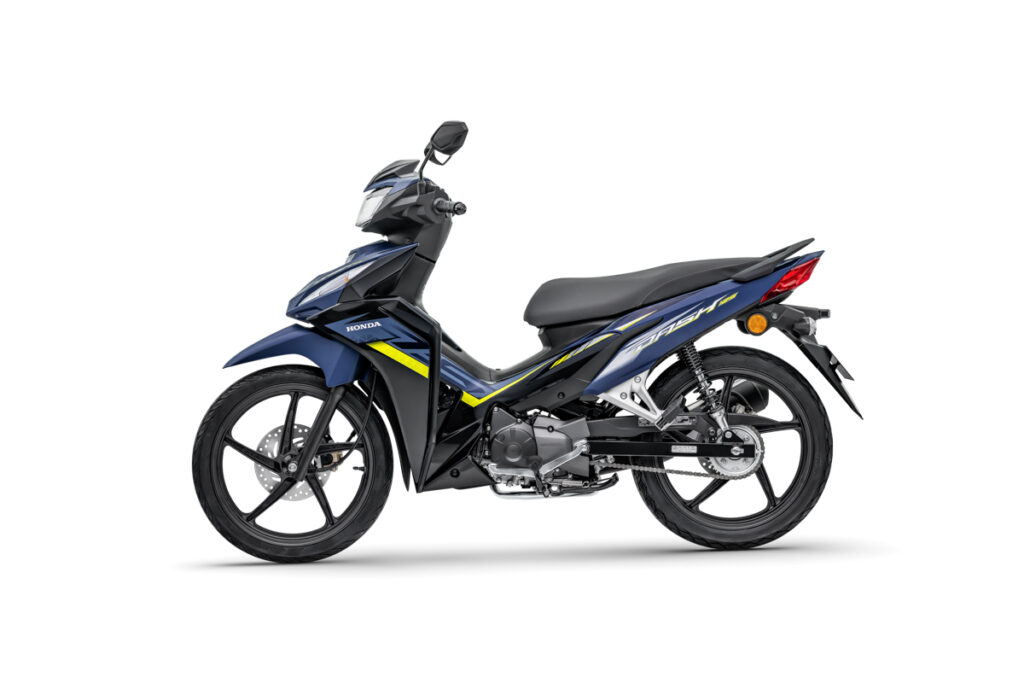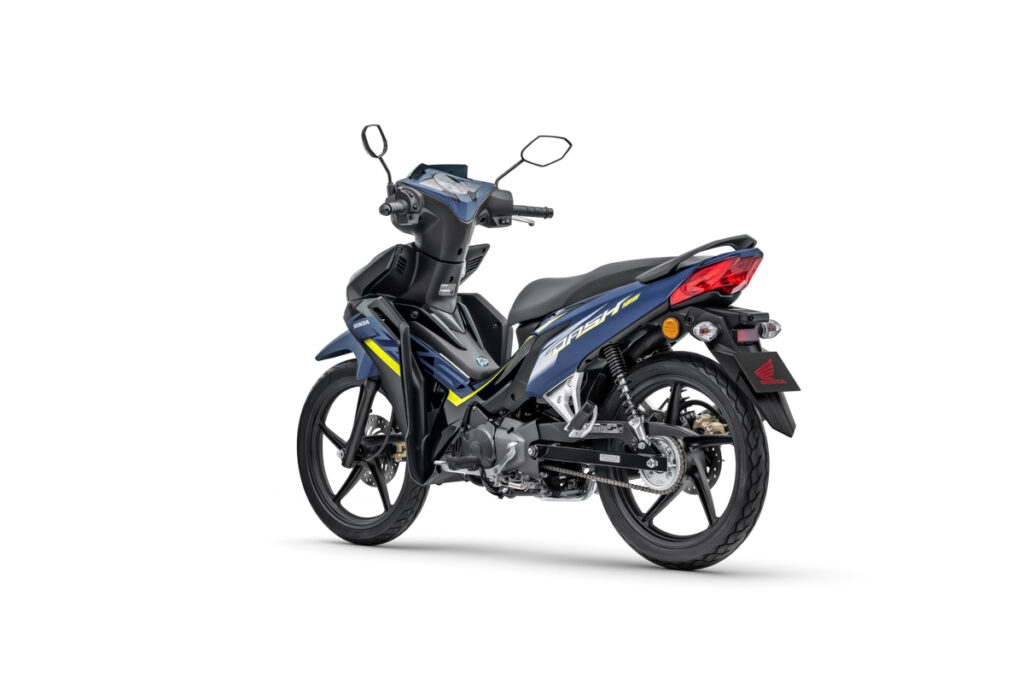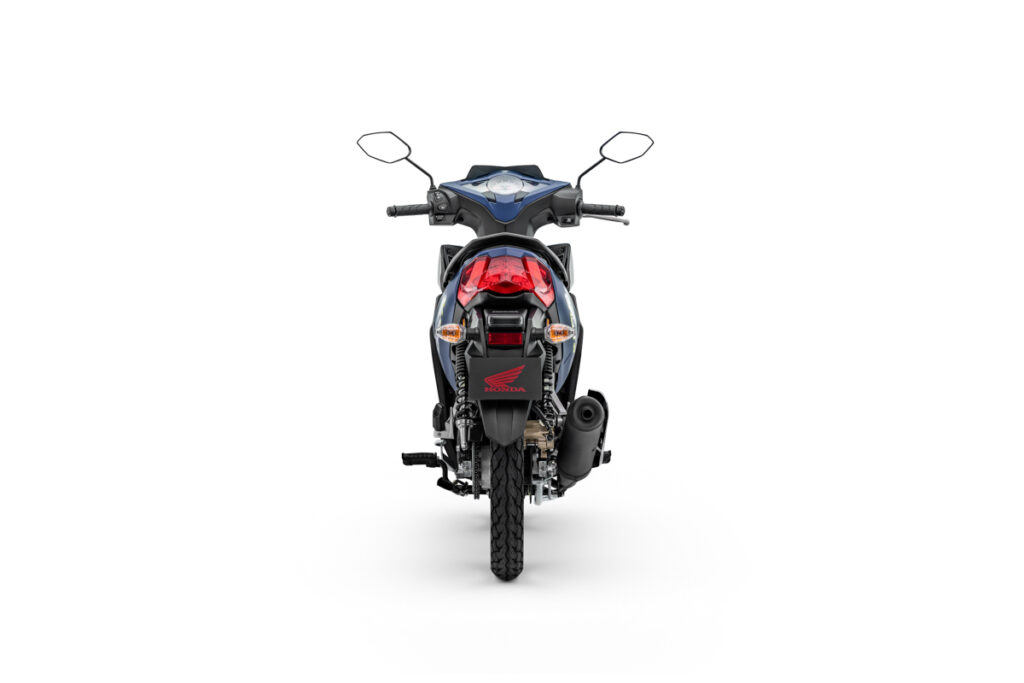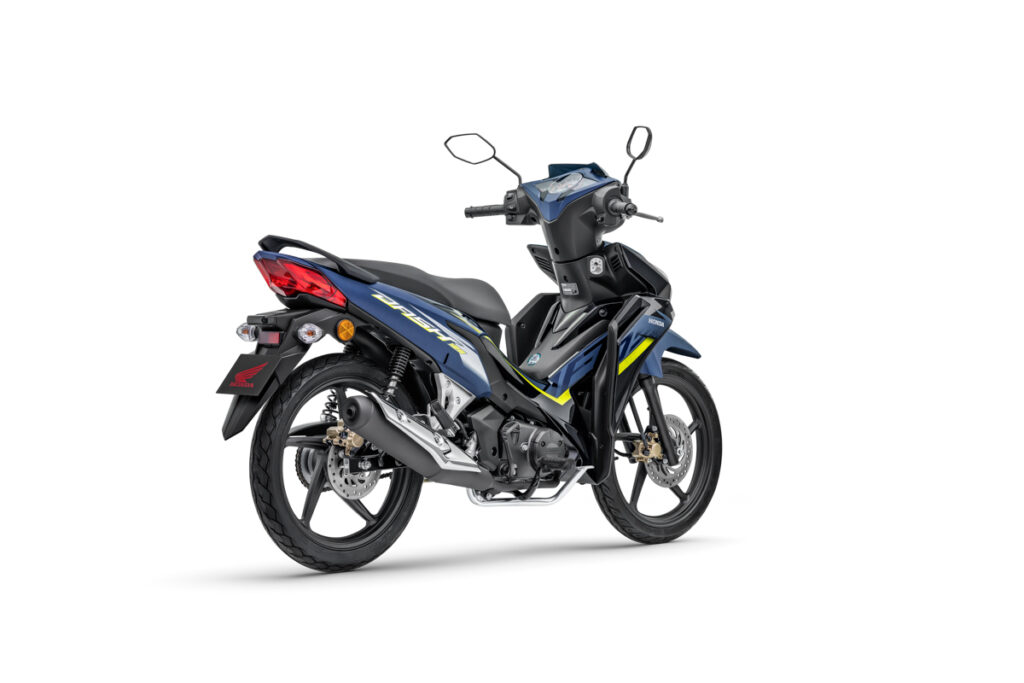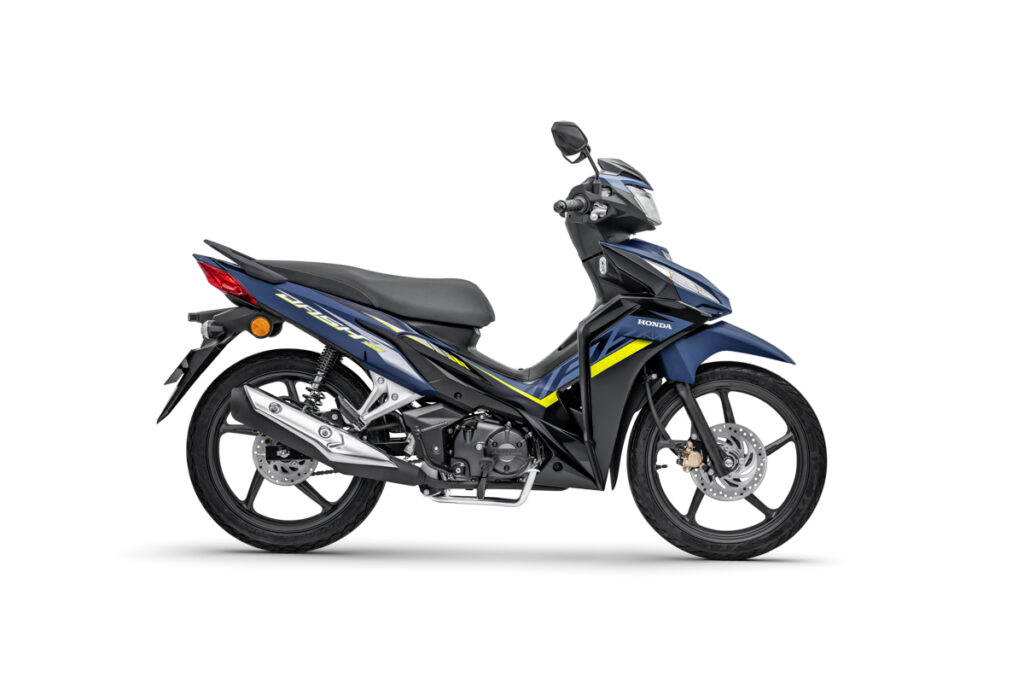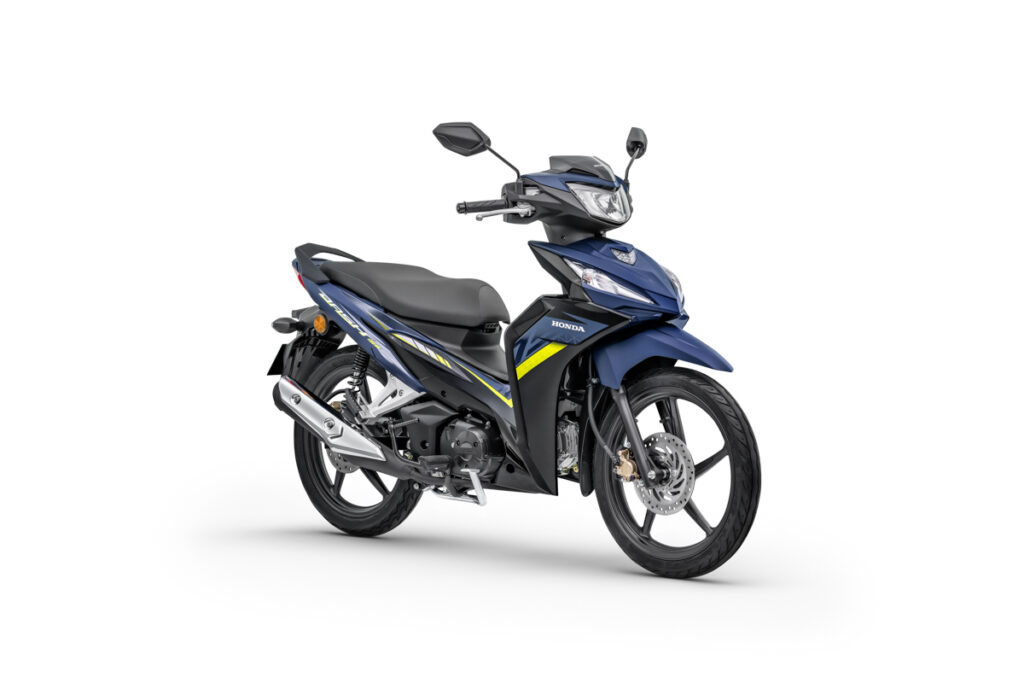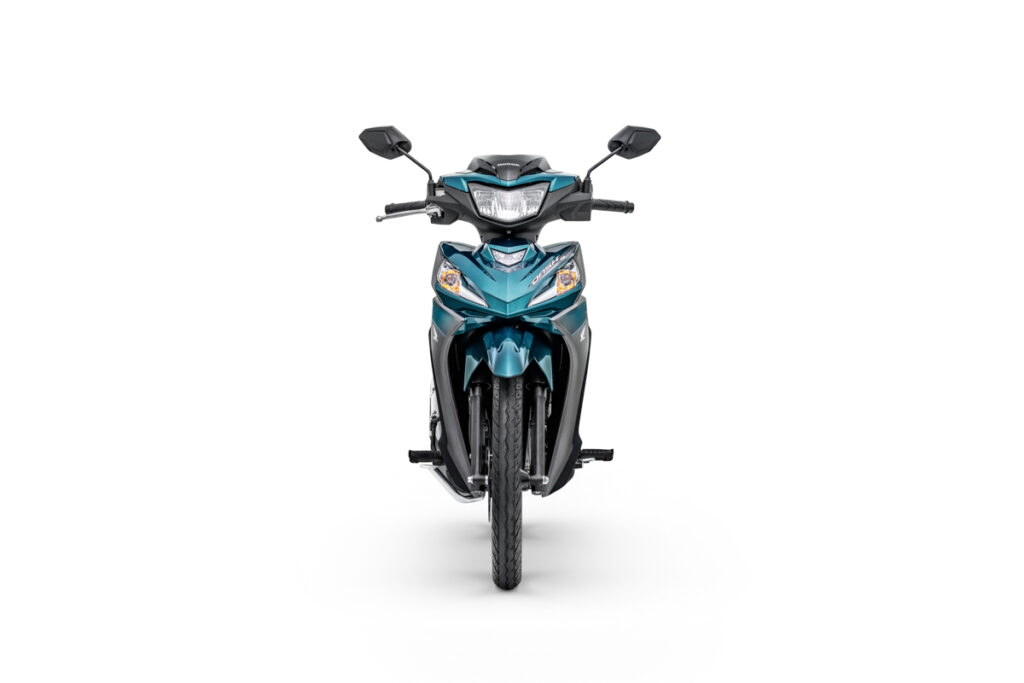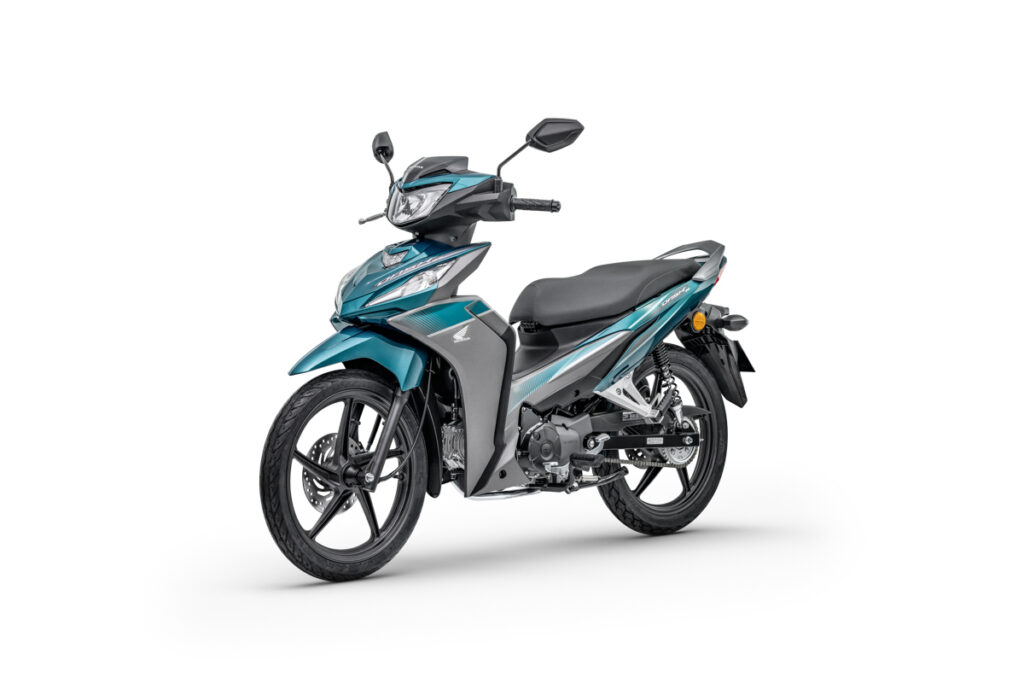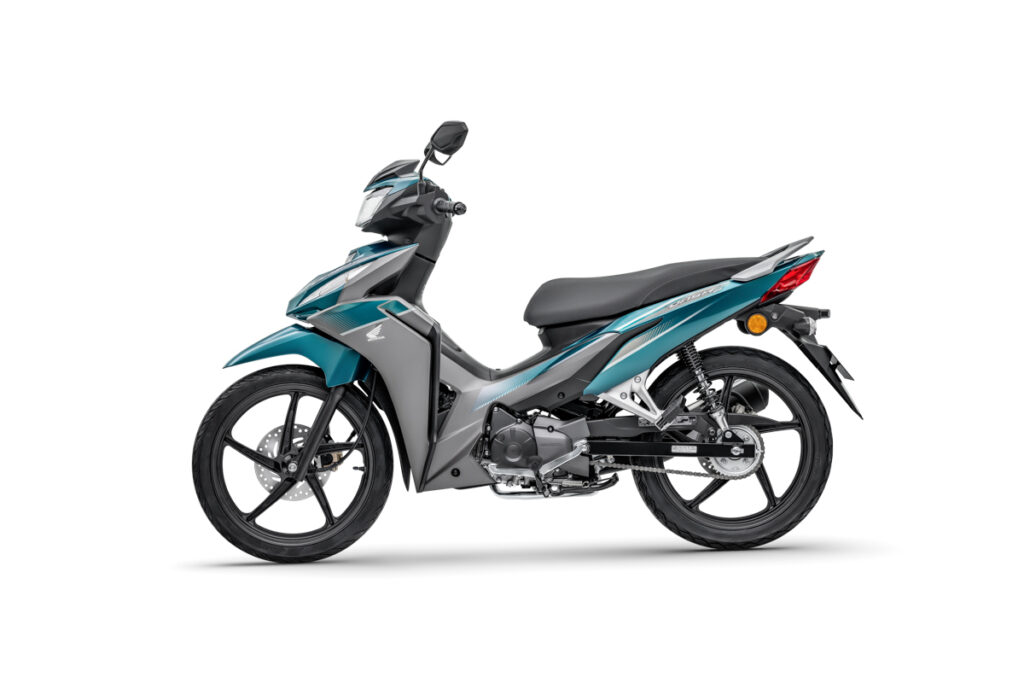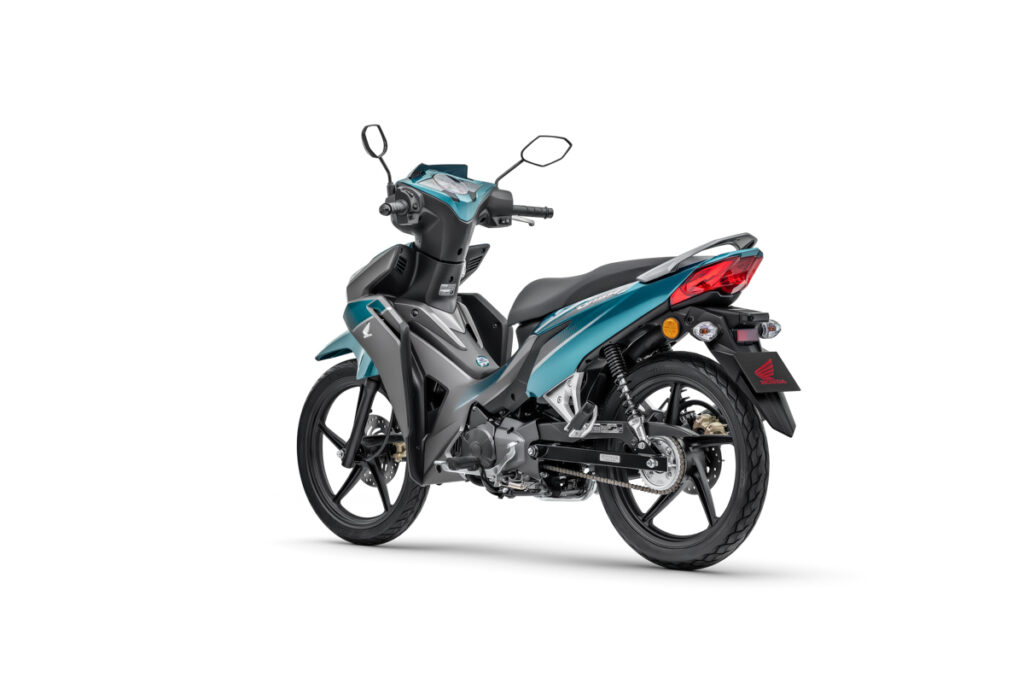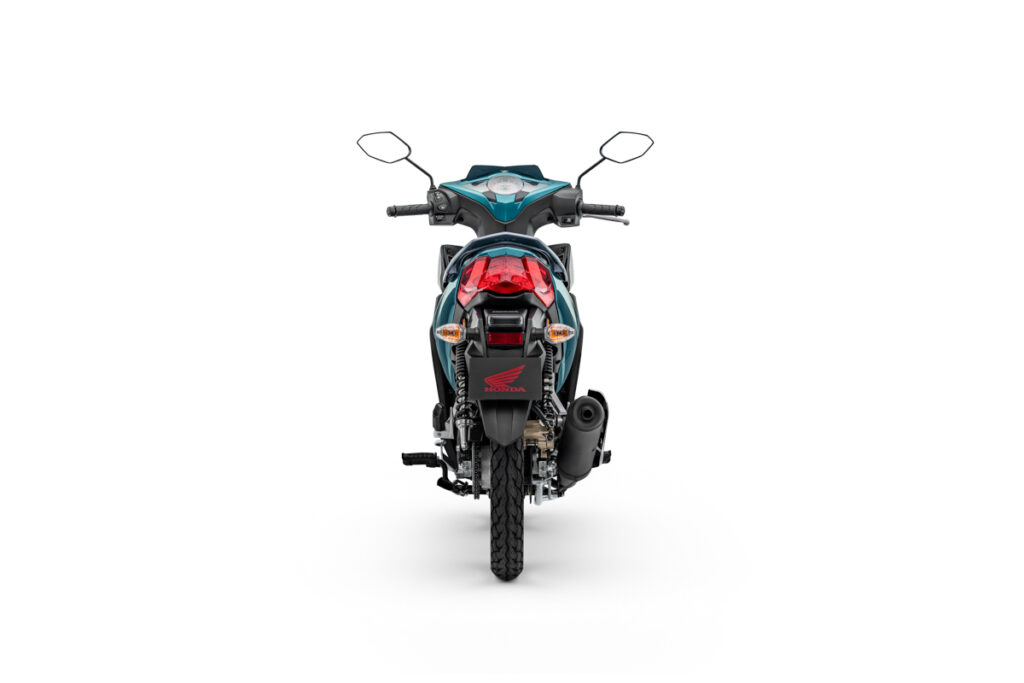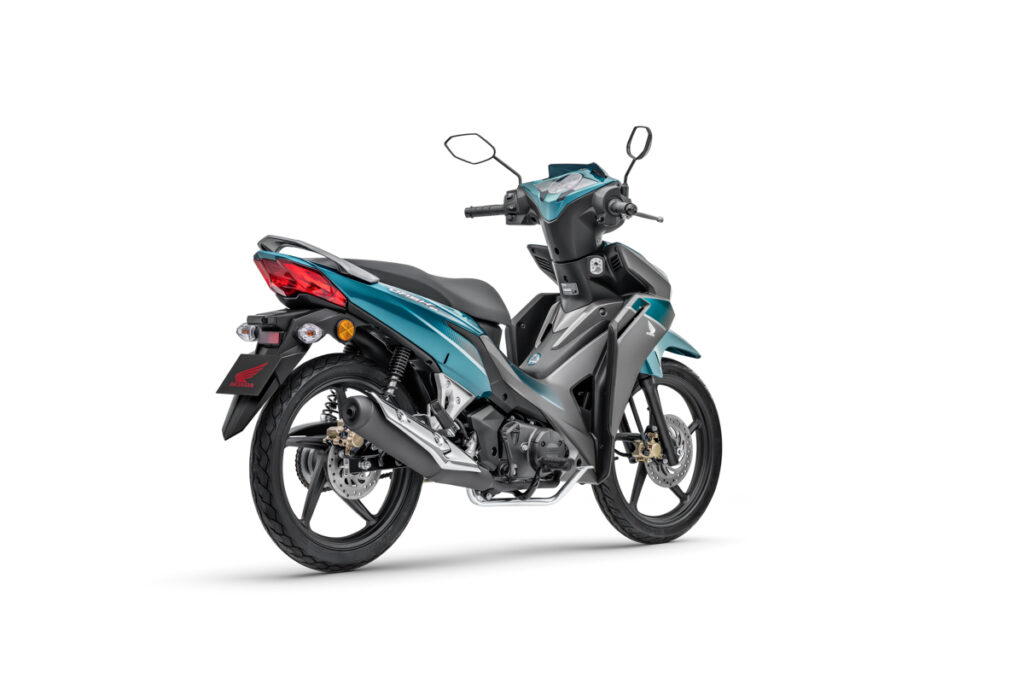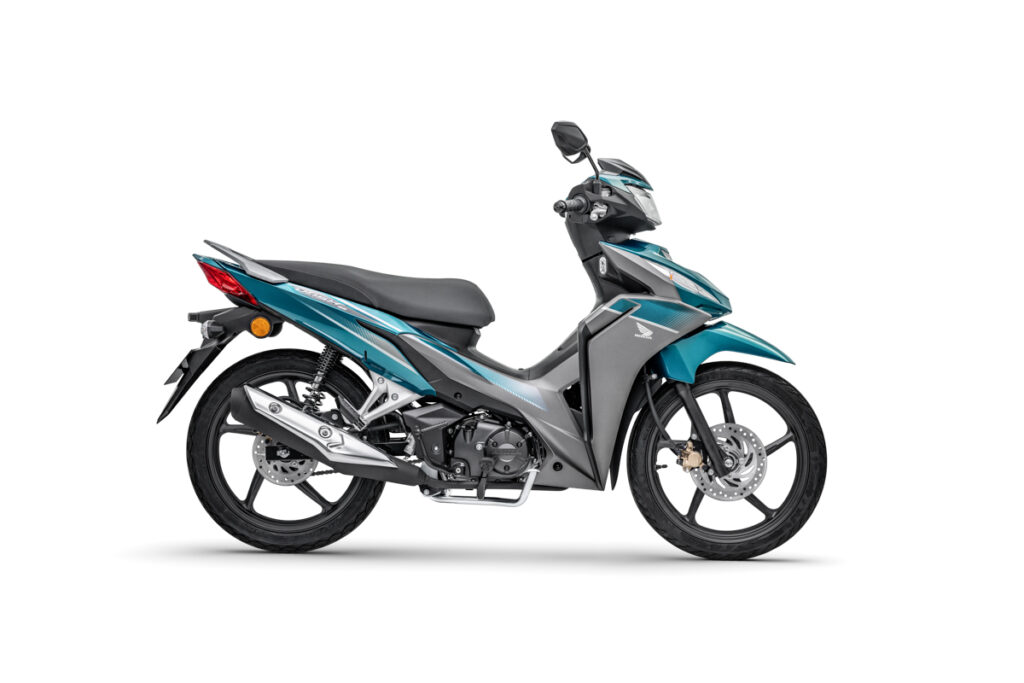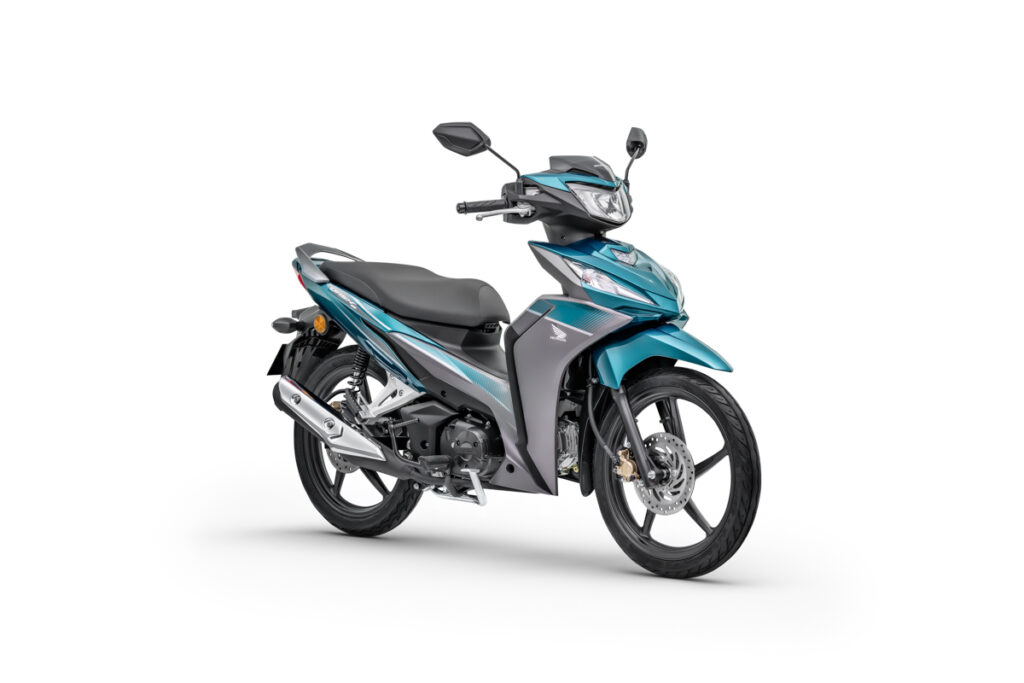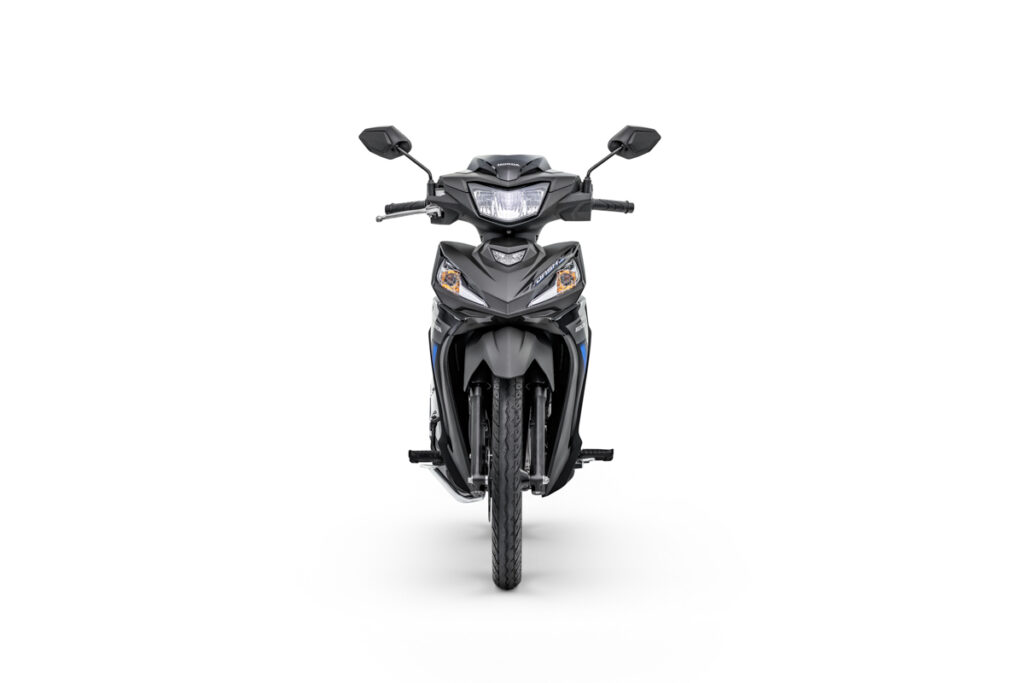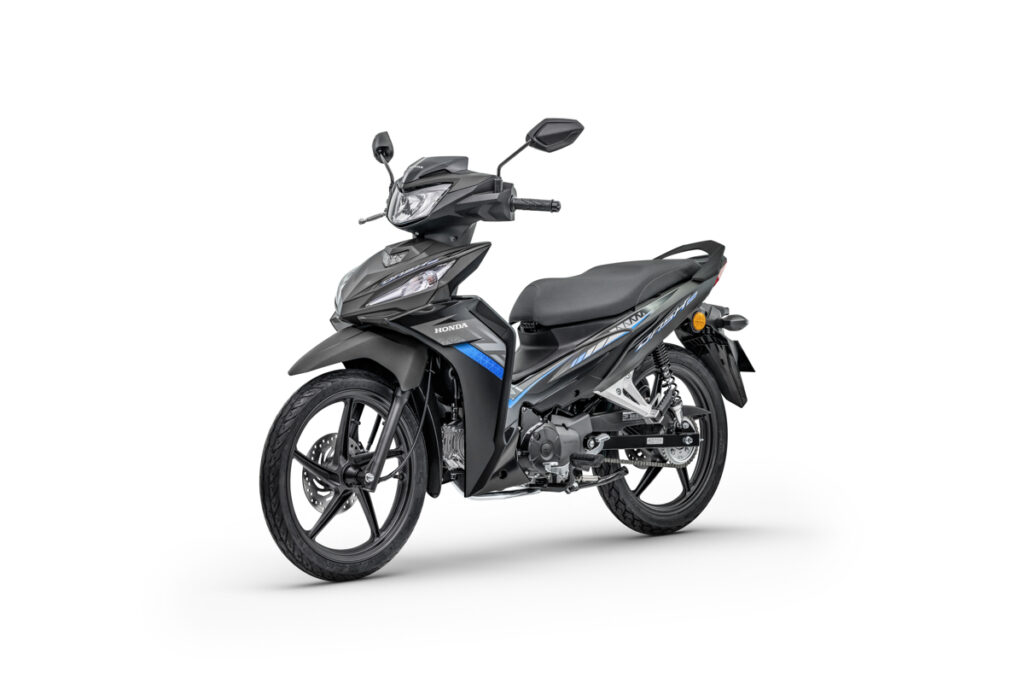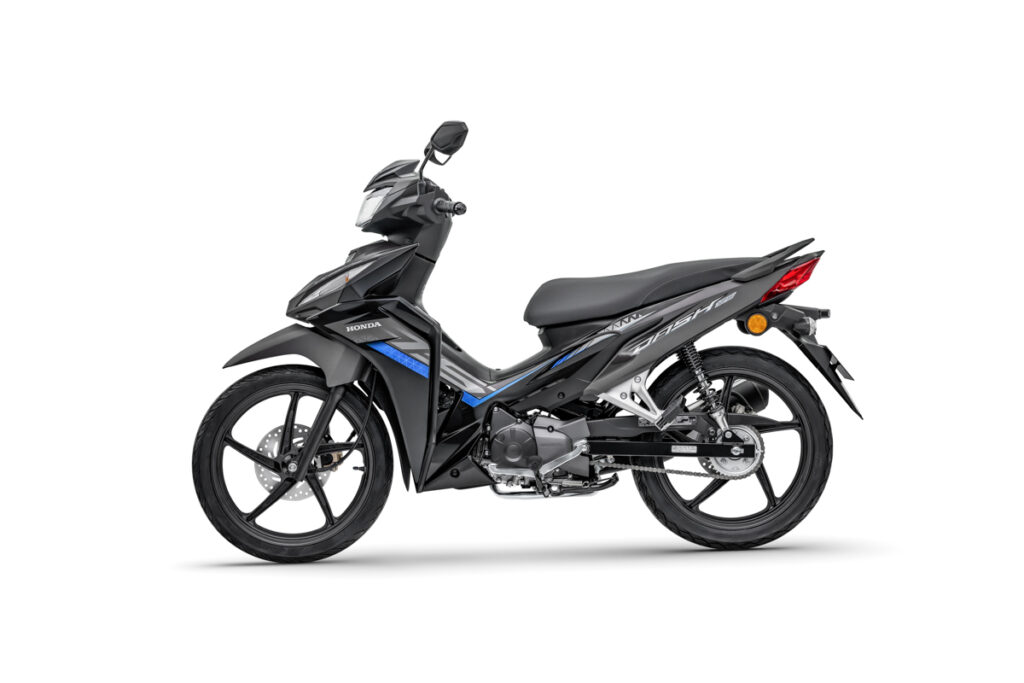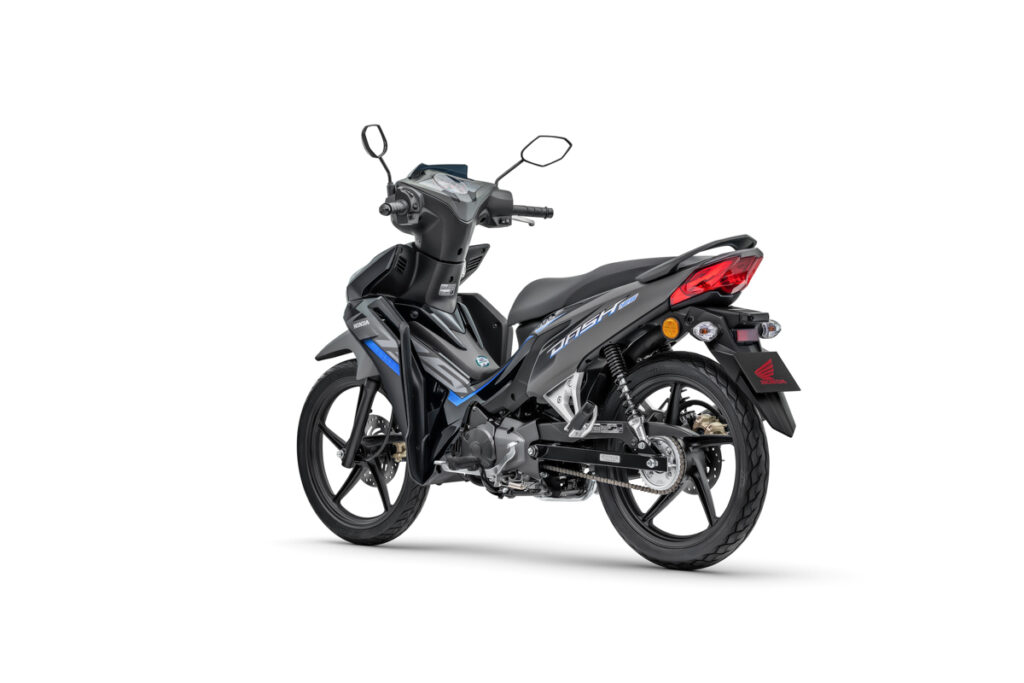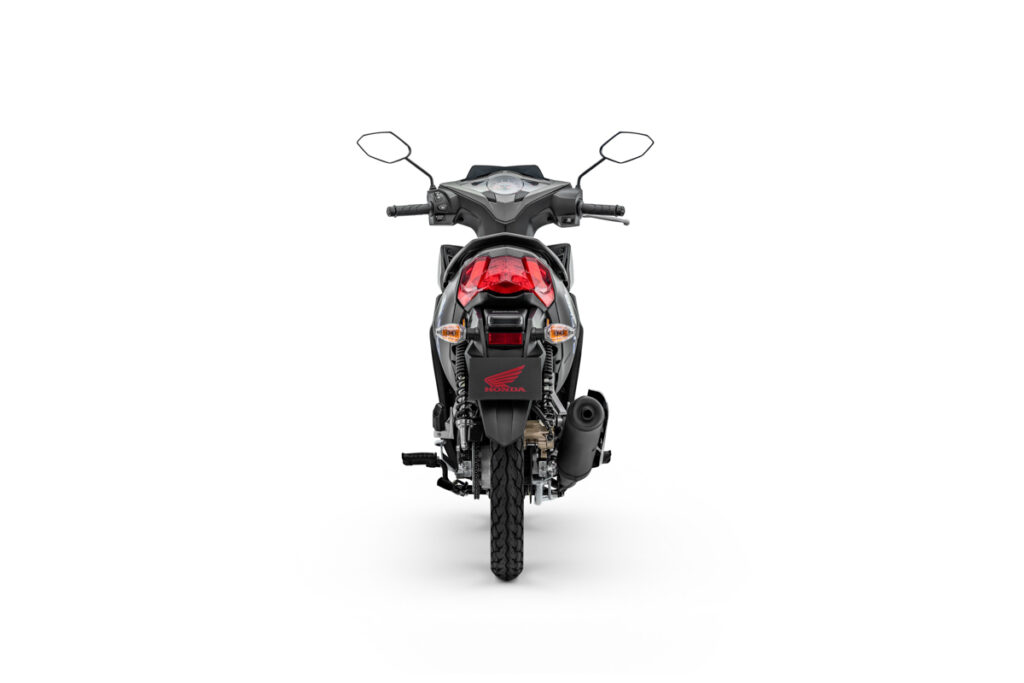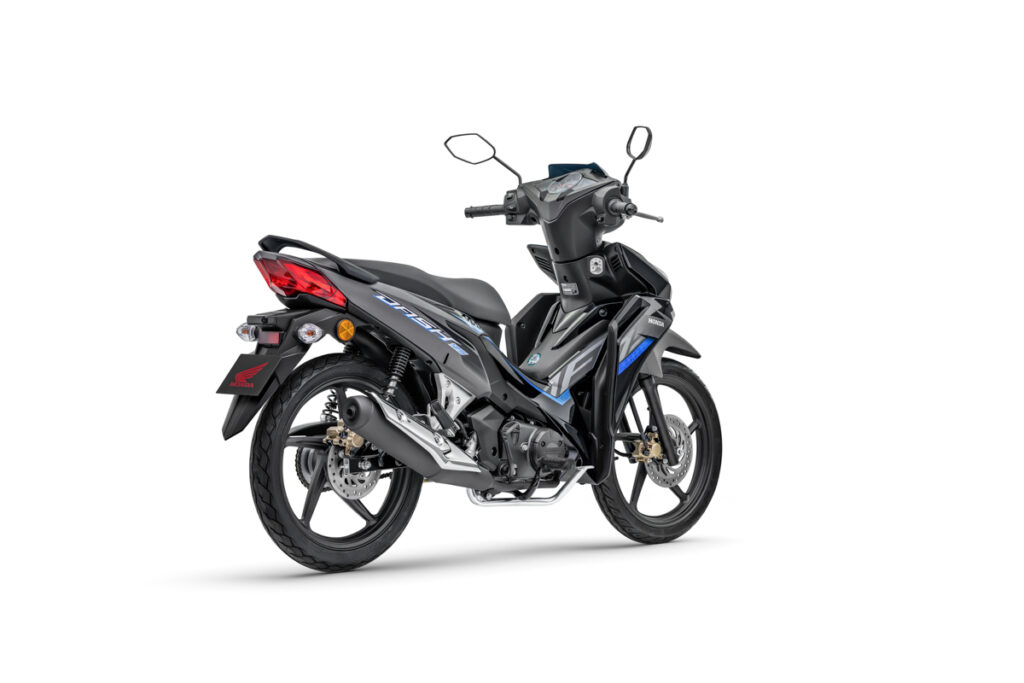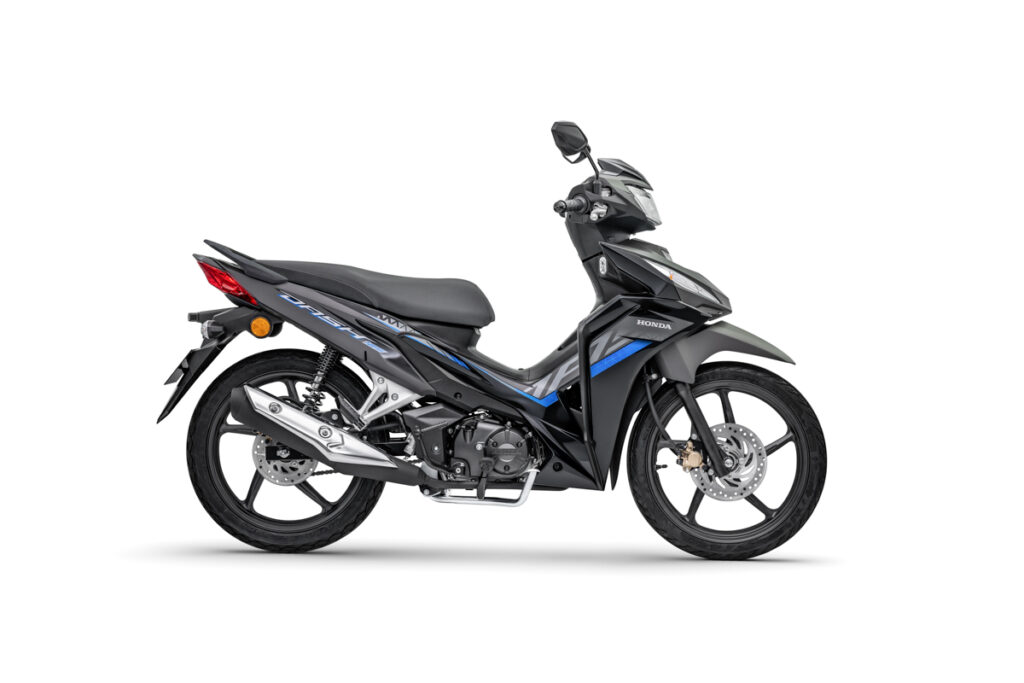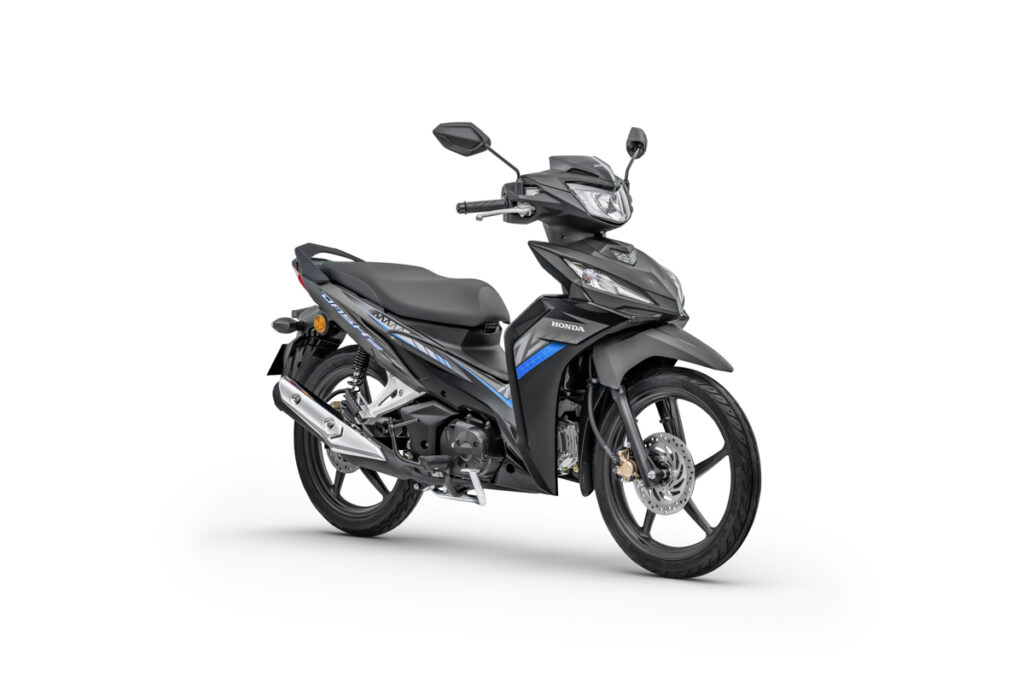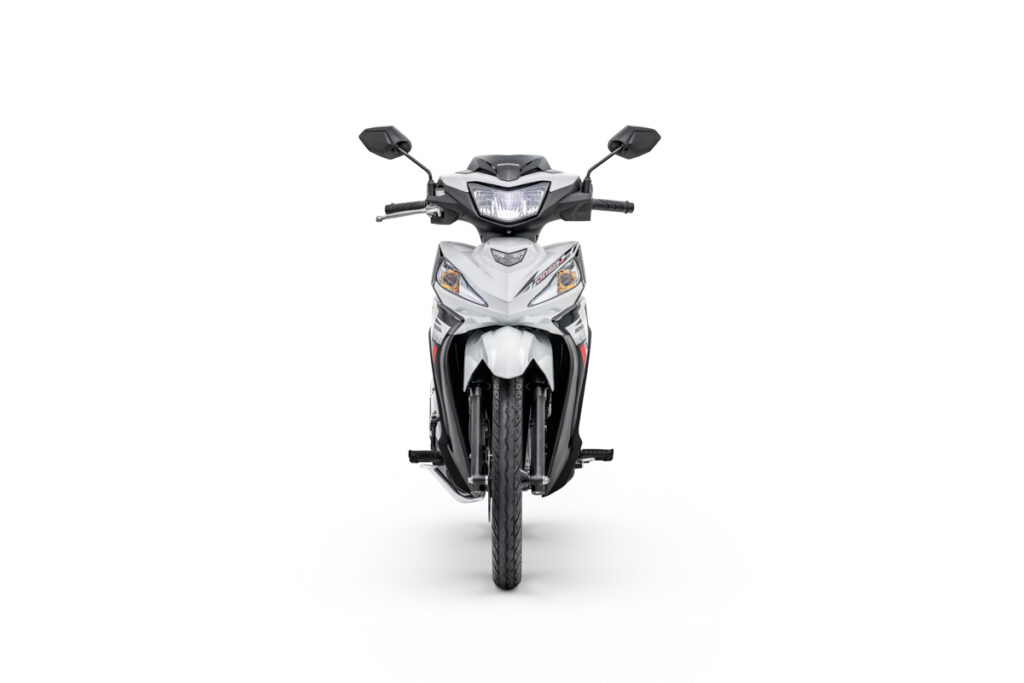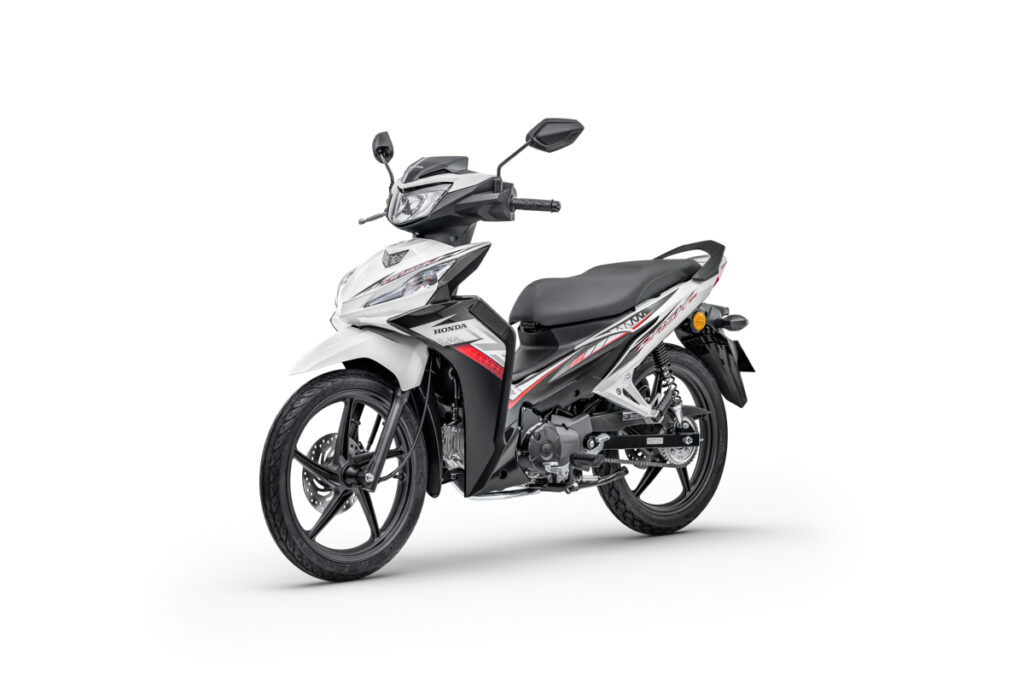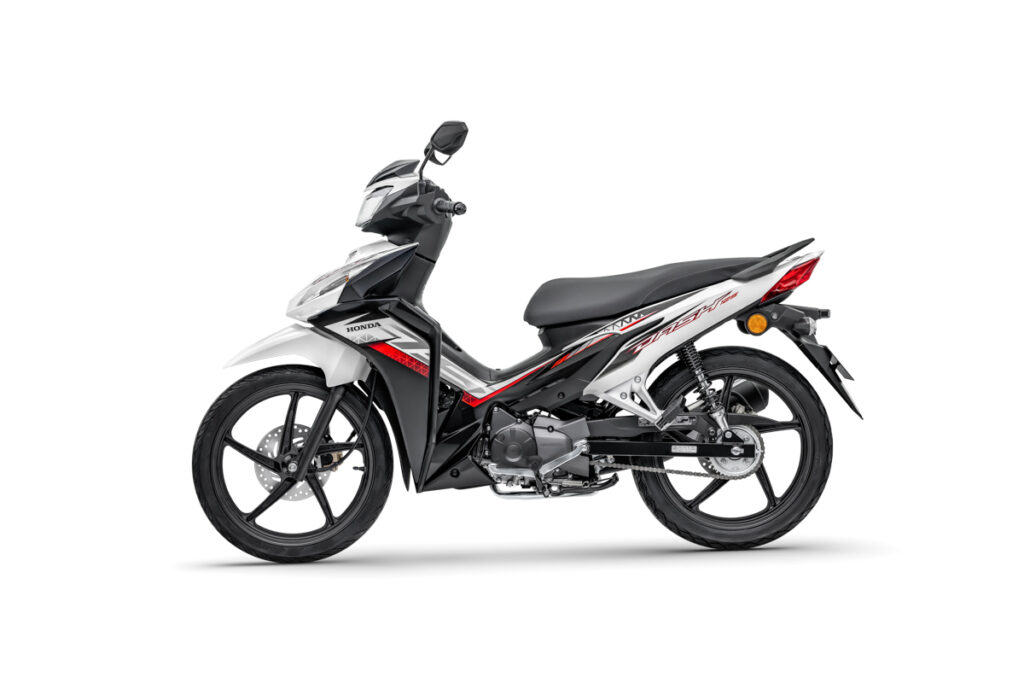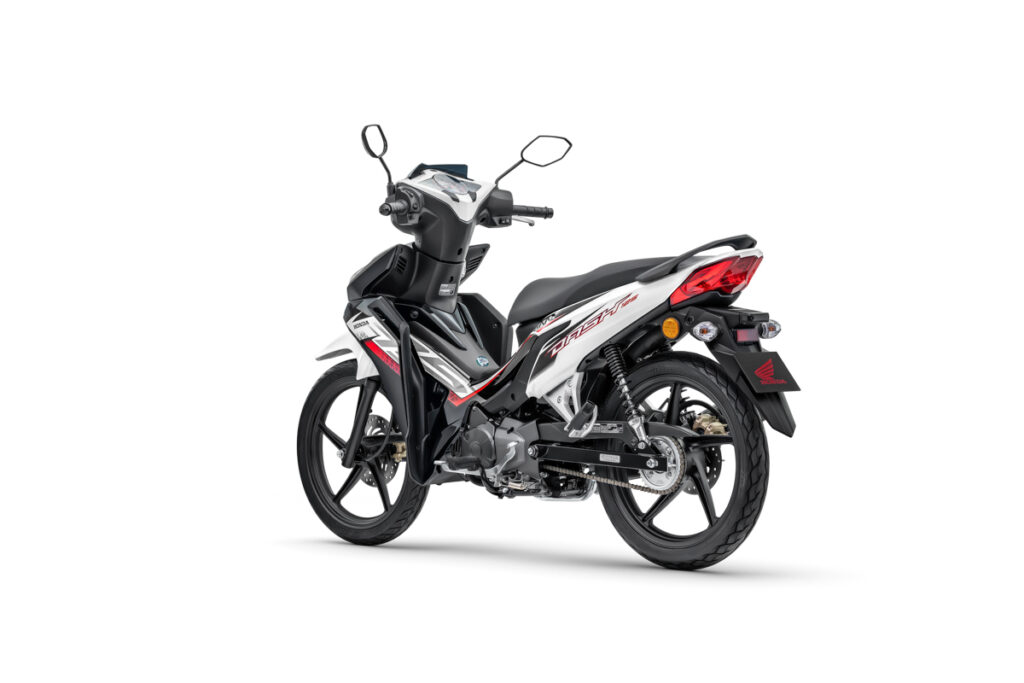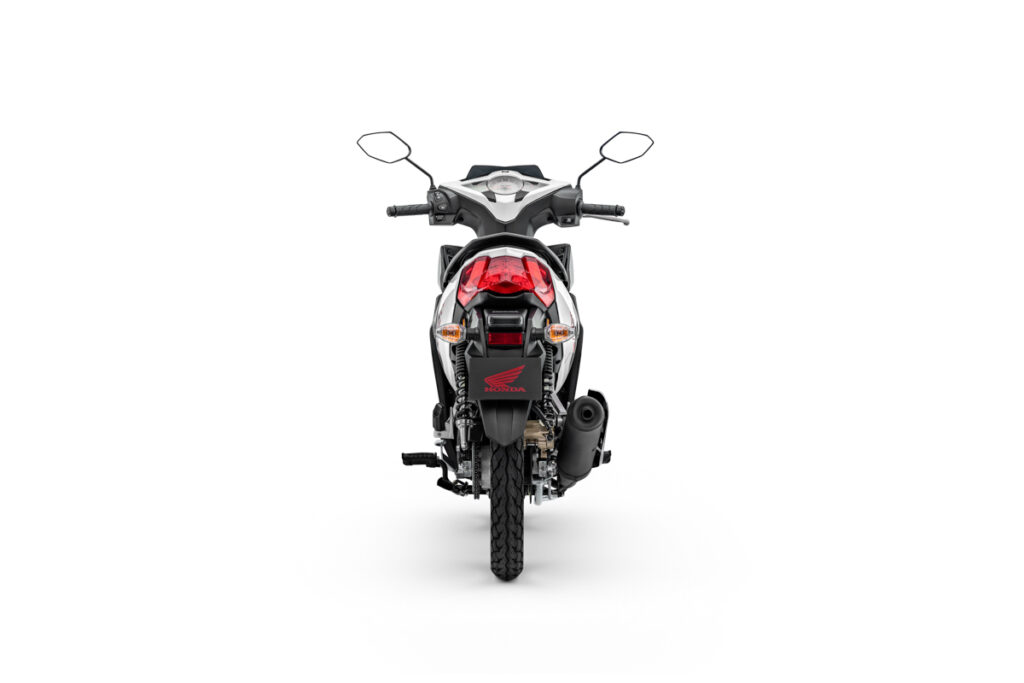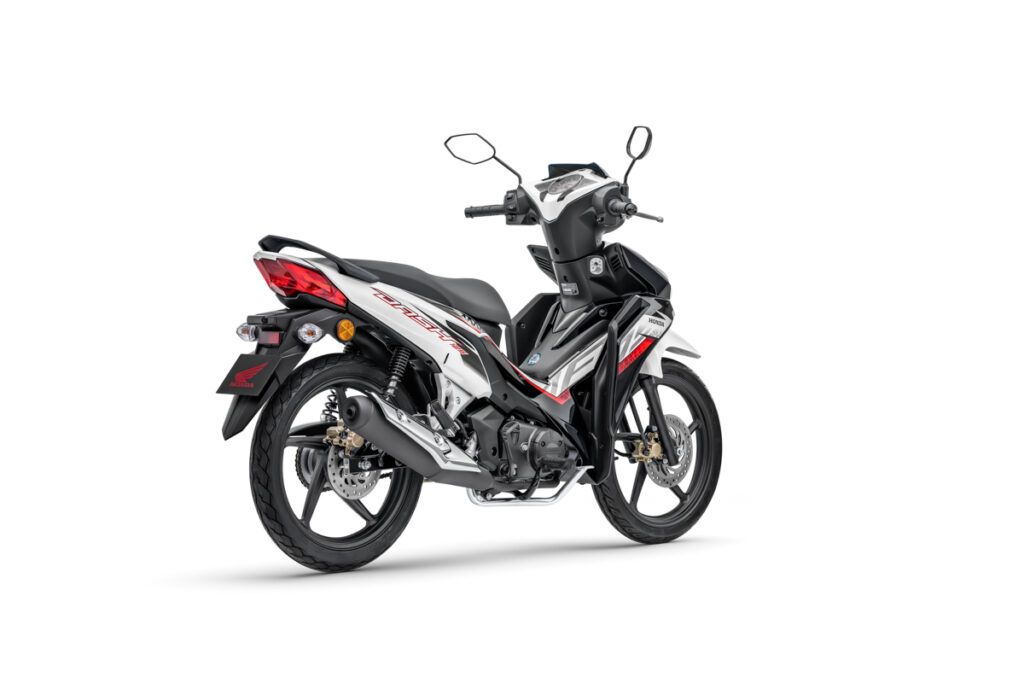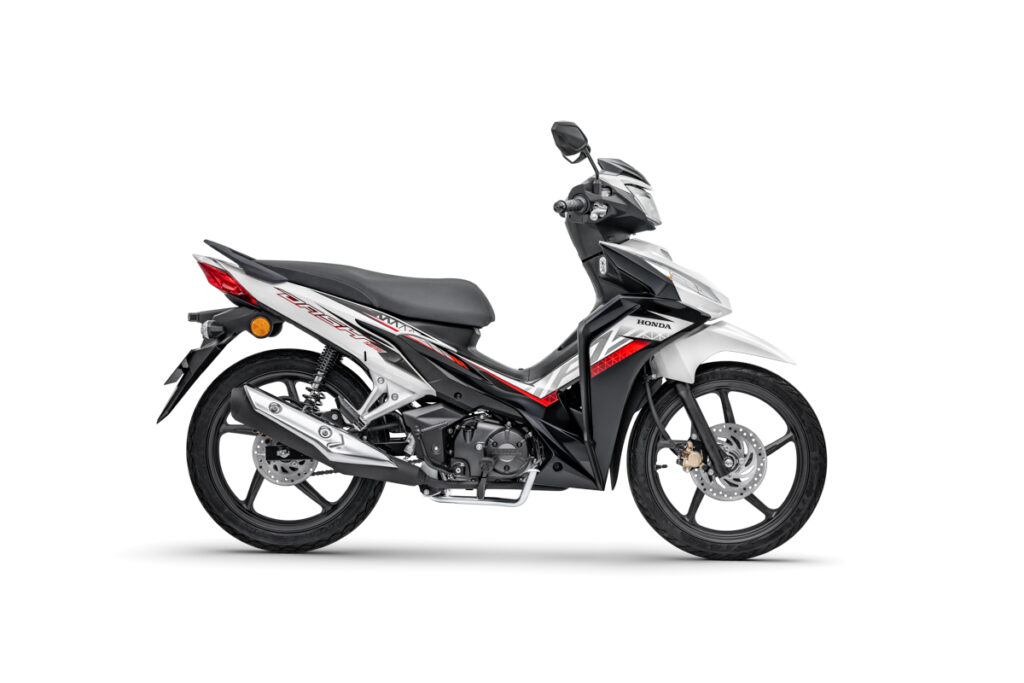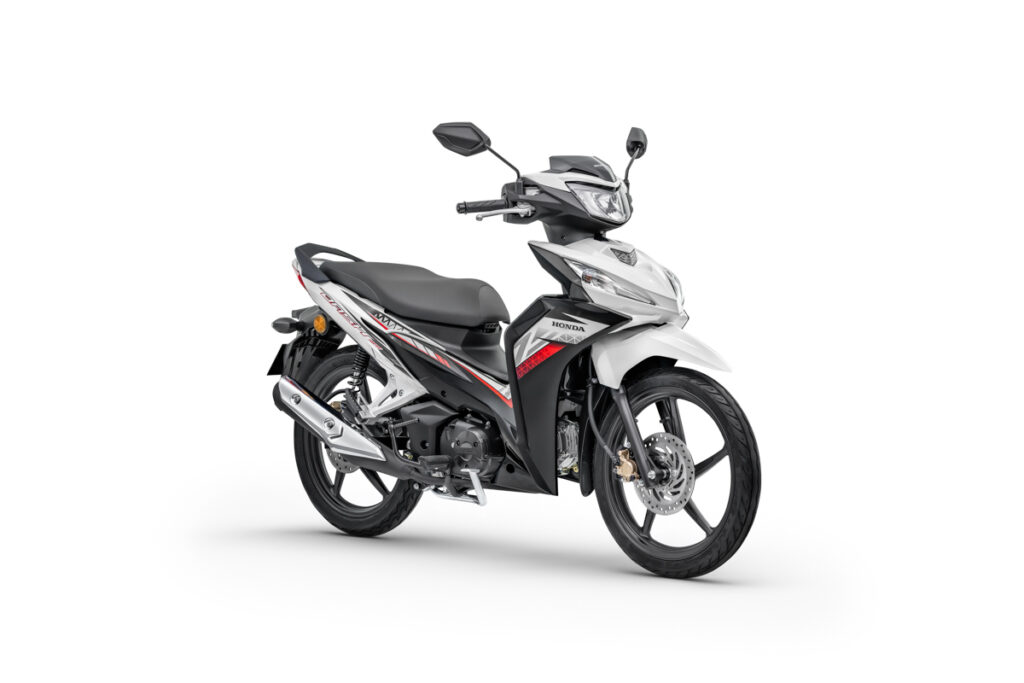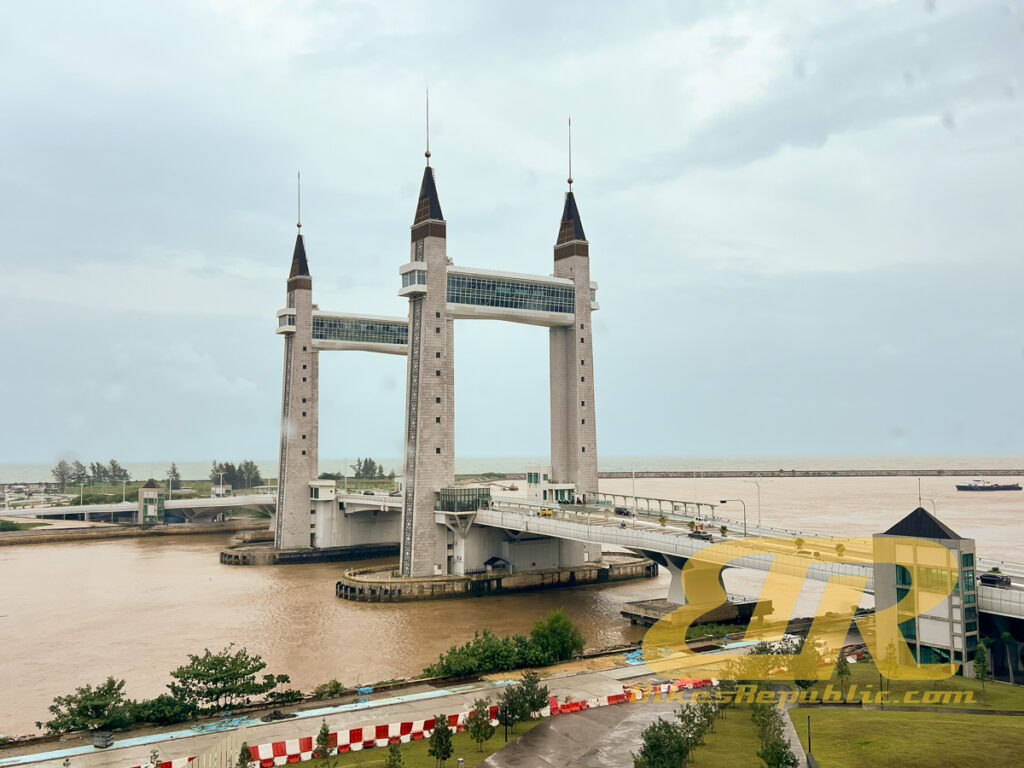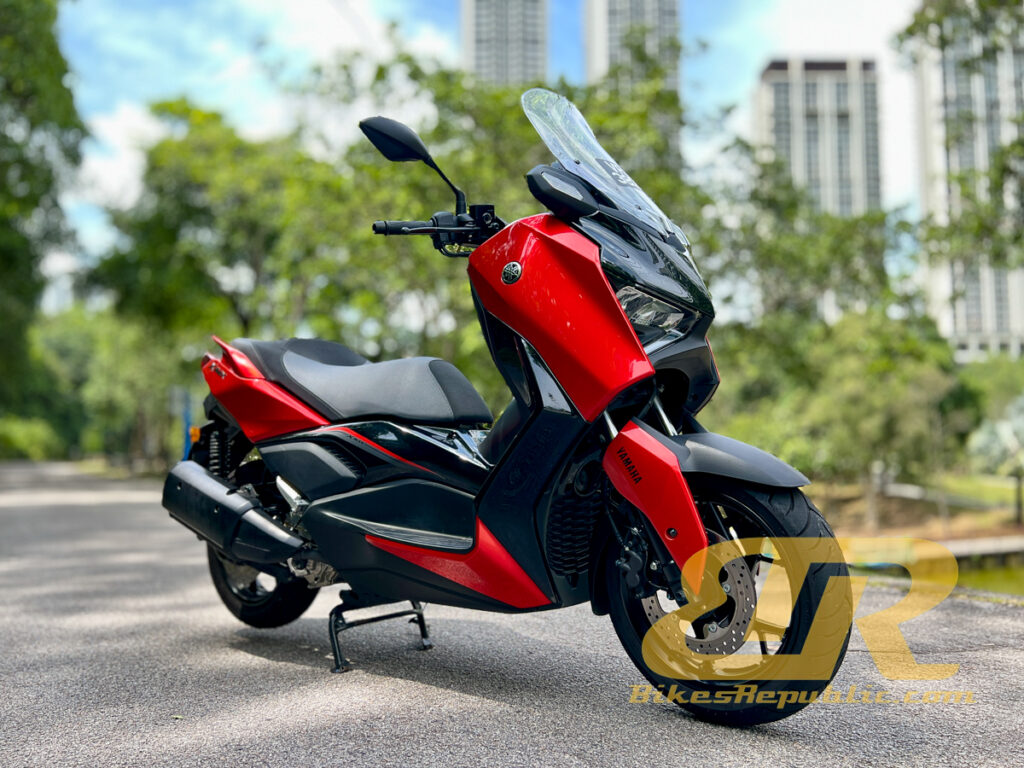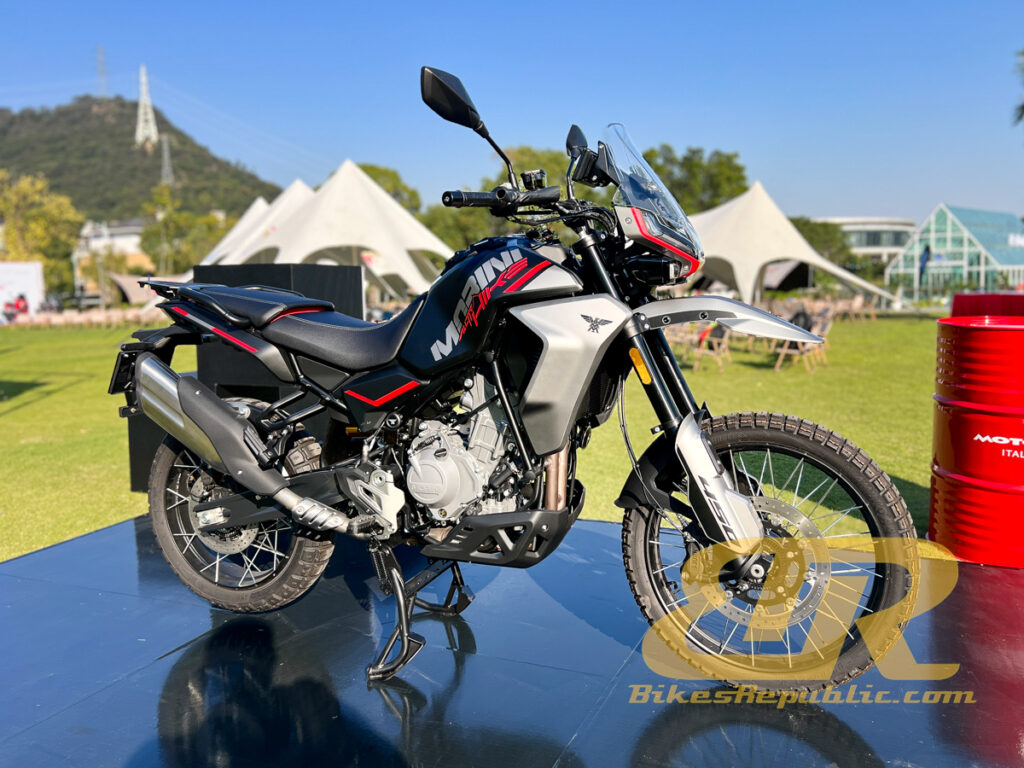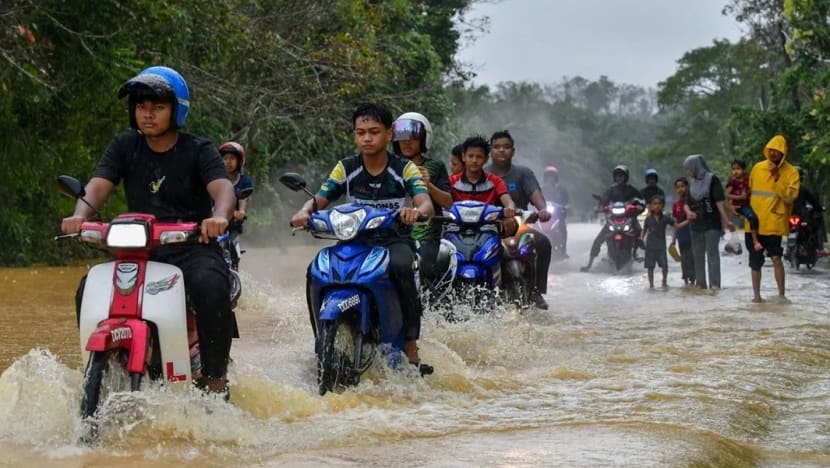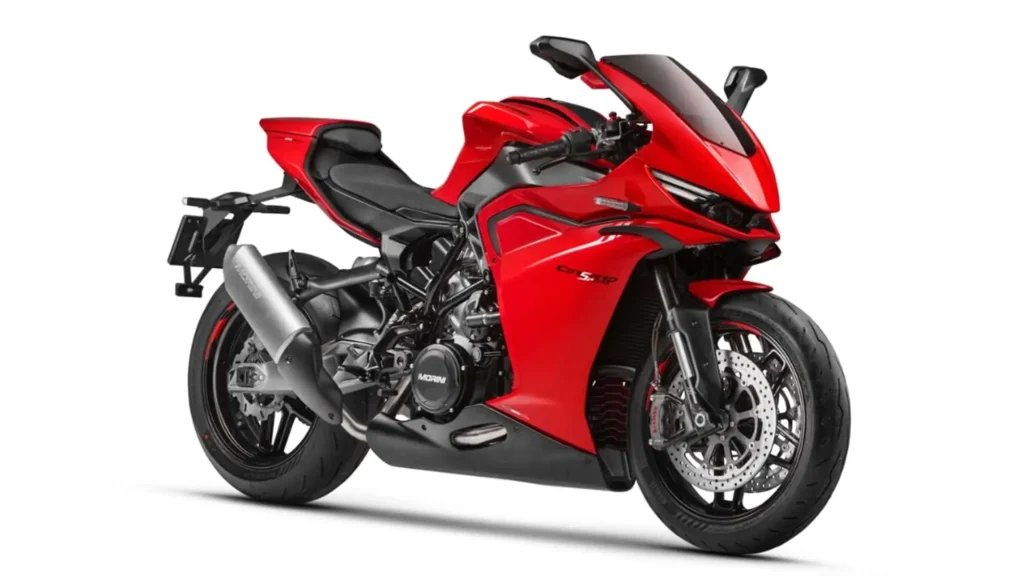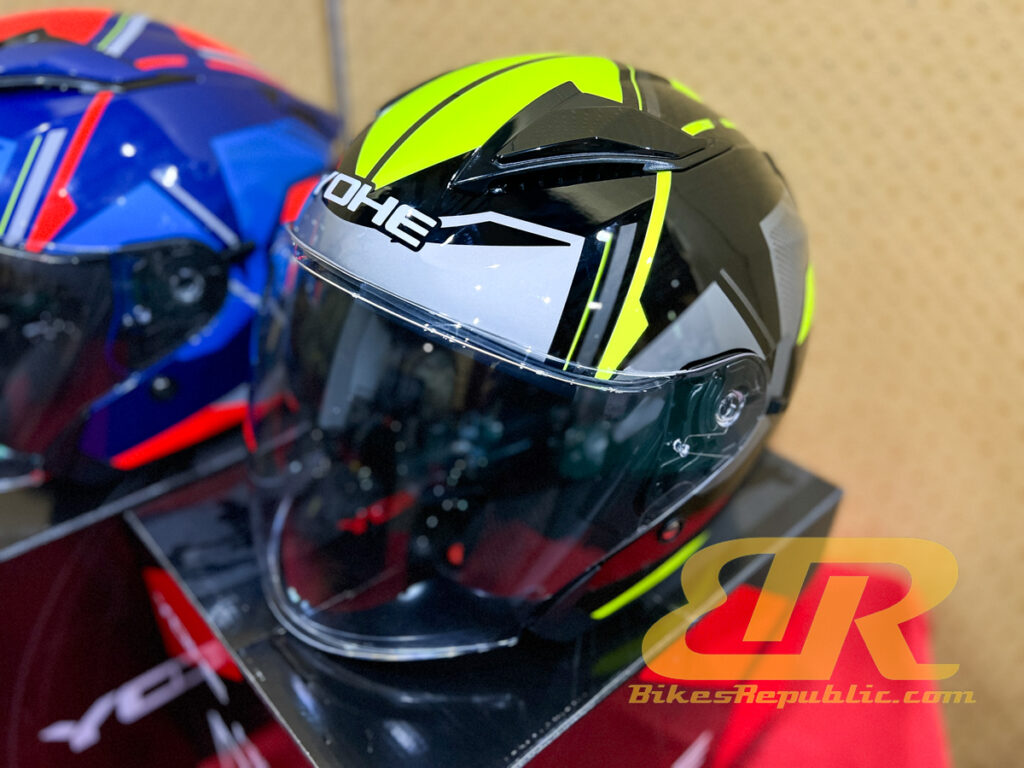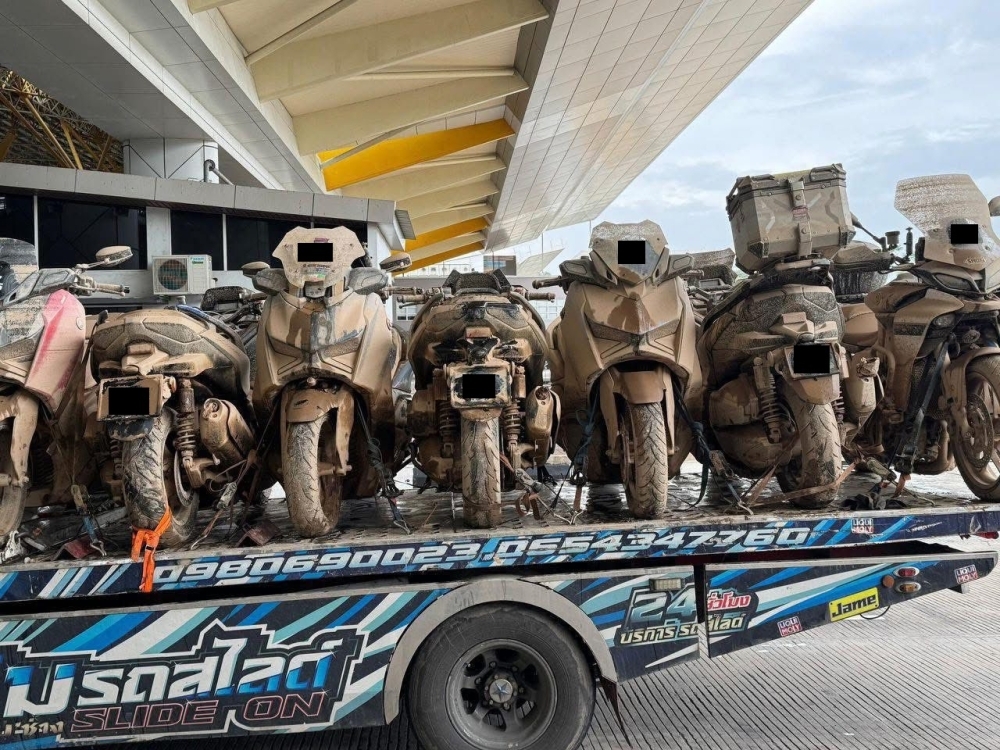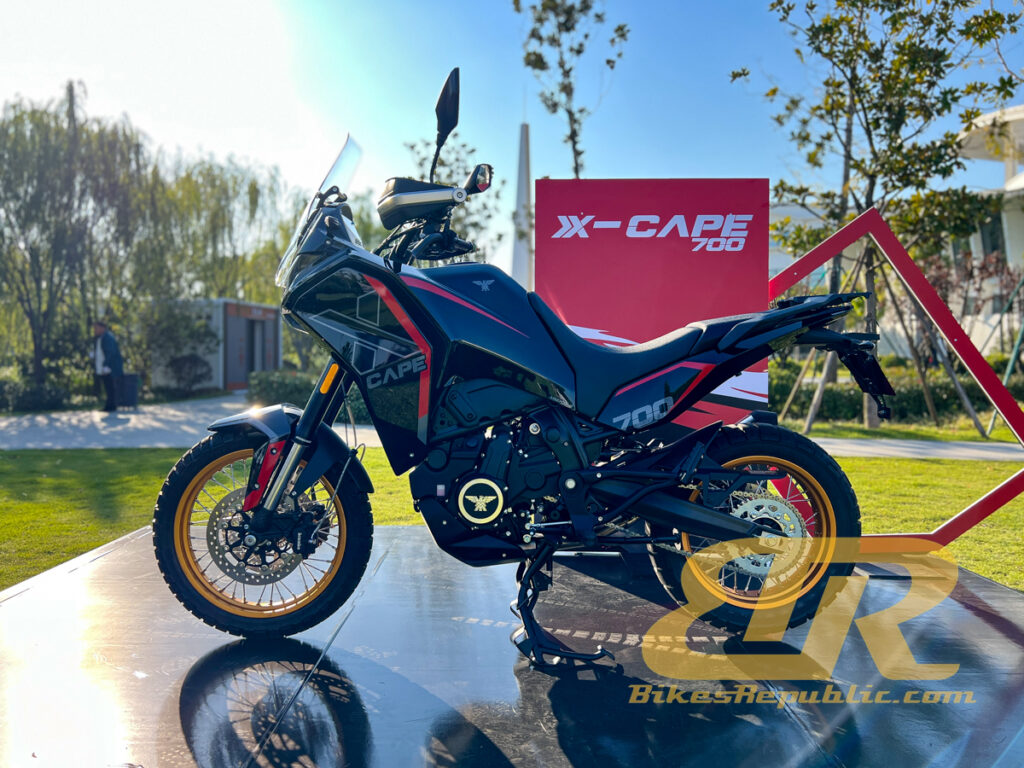You knew this was coming: The Ducati Panigale V4 Marquez has been launched to commemorate his 2025 MotoGP championship. It is limited to just 293 units, priced from and eye-watering £79,300 (RM432,762.54).
Ducati had previously launched the Marquez and Francesco Bagnaia Panigale V2 models at EICMA last month, but this Marquez version is based on the Panigale V4 S.
So sure, the bike looks as if slapped on with a fancy ‘coverset’ and all the sponsors’ stickers to resemble the Desmosedici GP25 MotoGP bike, but it is much more than that upon closer inspection.
Starting from the bodywork, the bike is equipped with Corner Sidepods, which Ducati introduced to MotoGP in 2021. It is an aerodynamic feature which generates more grip for the front tyre when the bike is leaned over.
The brakes have been up-specced too, utilising what is called Front Brake Pro+ system. The suite features street homologated Brembo GP4 Sport Production calipers and Brembo T-Drive 338.5mm finned discs that are 6.2mm thick. Additionally, the front brake master cylinder is a Brembo MCS 19.21 with remote lever position adjustment, used by Ducati’s MotoGP and WorldSBK factory teams.
The Ducati Panigale V4 Marquez edition uses the 1,103cc Desmosedici Stradale engine instead of the V4’s powerplant. For comparison, the V4 S produces 216 hp at 13,500, but the Marquez edition does 218.5 hp with the installation of an Akrapovič silencer and dedicated engine calibration. The Akrapovič silencer also drops 2.5 kg compared to the standard V4 S. More weight has been saved with the five-spoke carbon fibre wheels which are 0.95 kg lighter.
In terms of special equipment, the lucky owners of this limited edition model will get a dry clutch kit, adjustable billet aluminium footpegs, and a GPS module. If you want to take advantage of the bike’s potential on the track, a billet aluminium racing fuel tank cap, brake caliper shrouds, an open carbon fibre clutch cover, and a license plate holder removal kit are all supplied as standard.
The high-spec suspension setup is the same across both the Panigale V4 Marquez and V4 S models, with Öhlins NPX-30 pressurised 43mm forks up front, and an Öhlins TTX 36 shock absorber at the rear. The suspension is fully adjustable at both ends of the motorcycle.
The bike’s fuel tank has been signed by Marquez himself, who won his first MotoGP title with Ducati in 2025. This was his seventh in total (premier class) after winning the other six with Honda, and his ninth world title.

